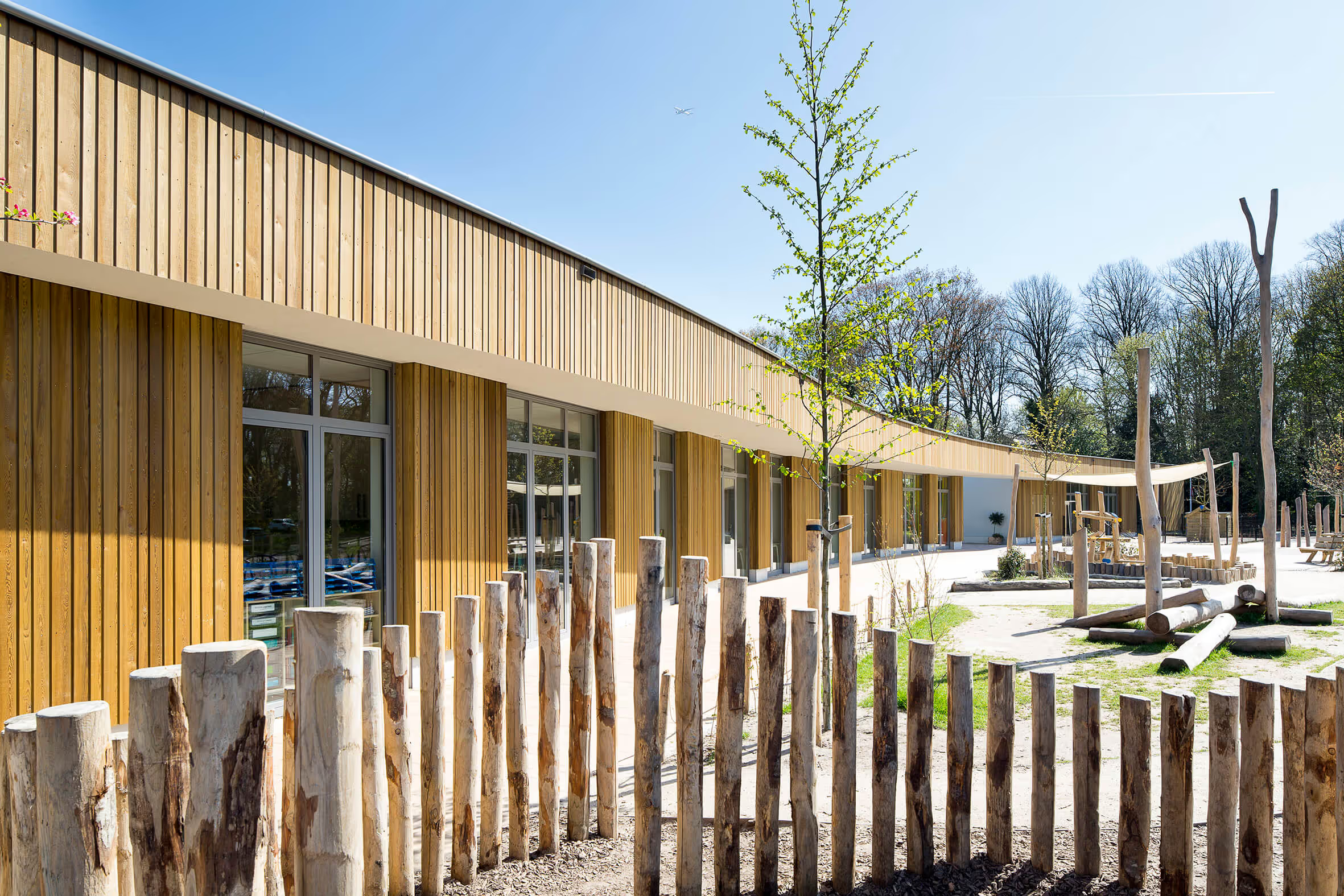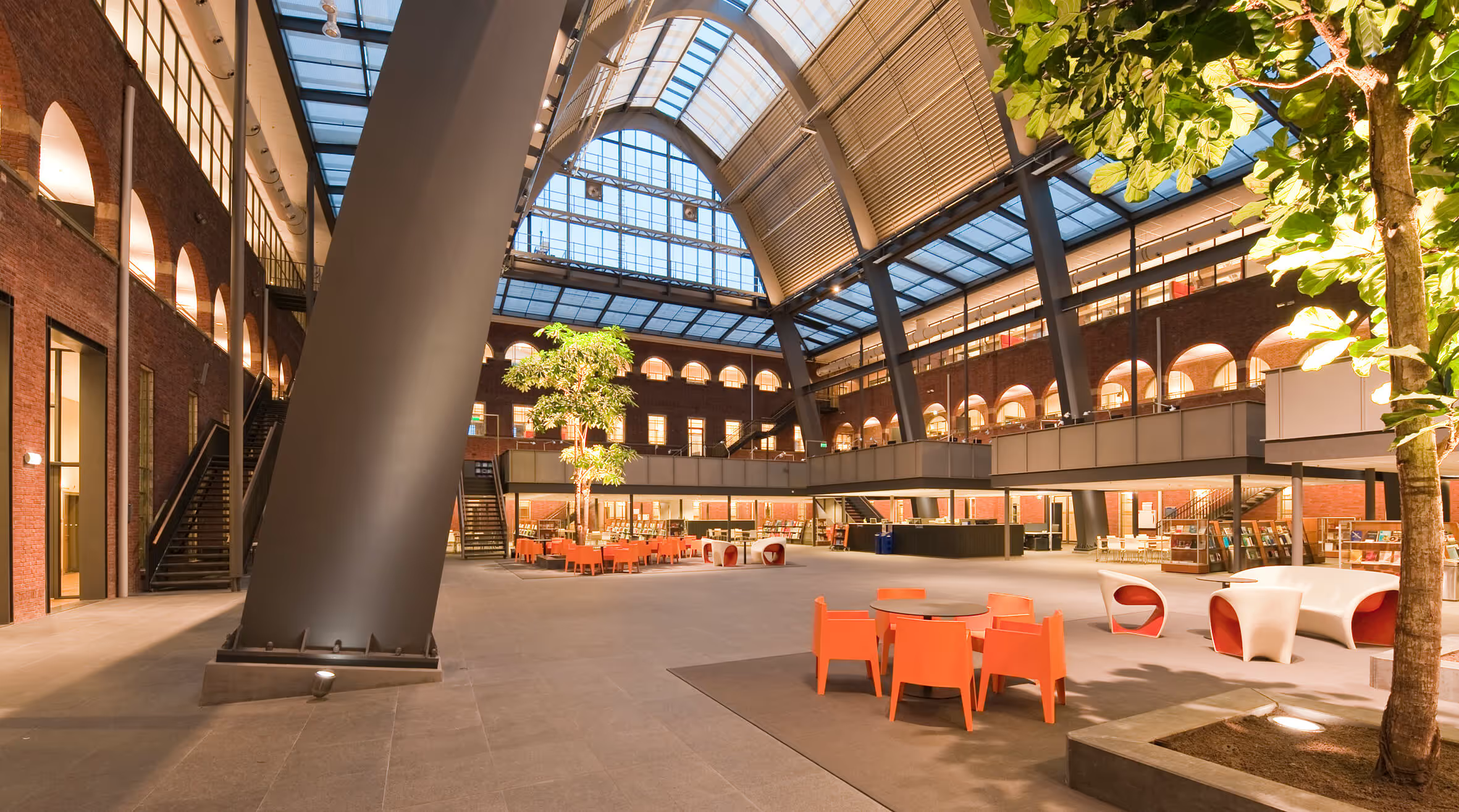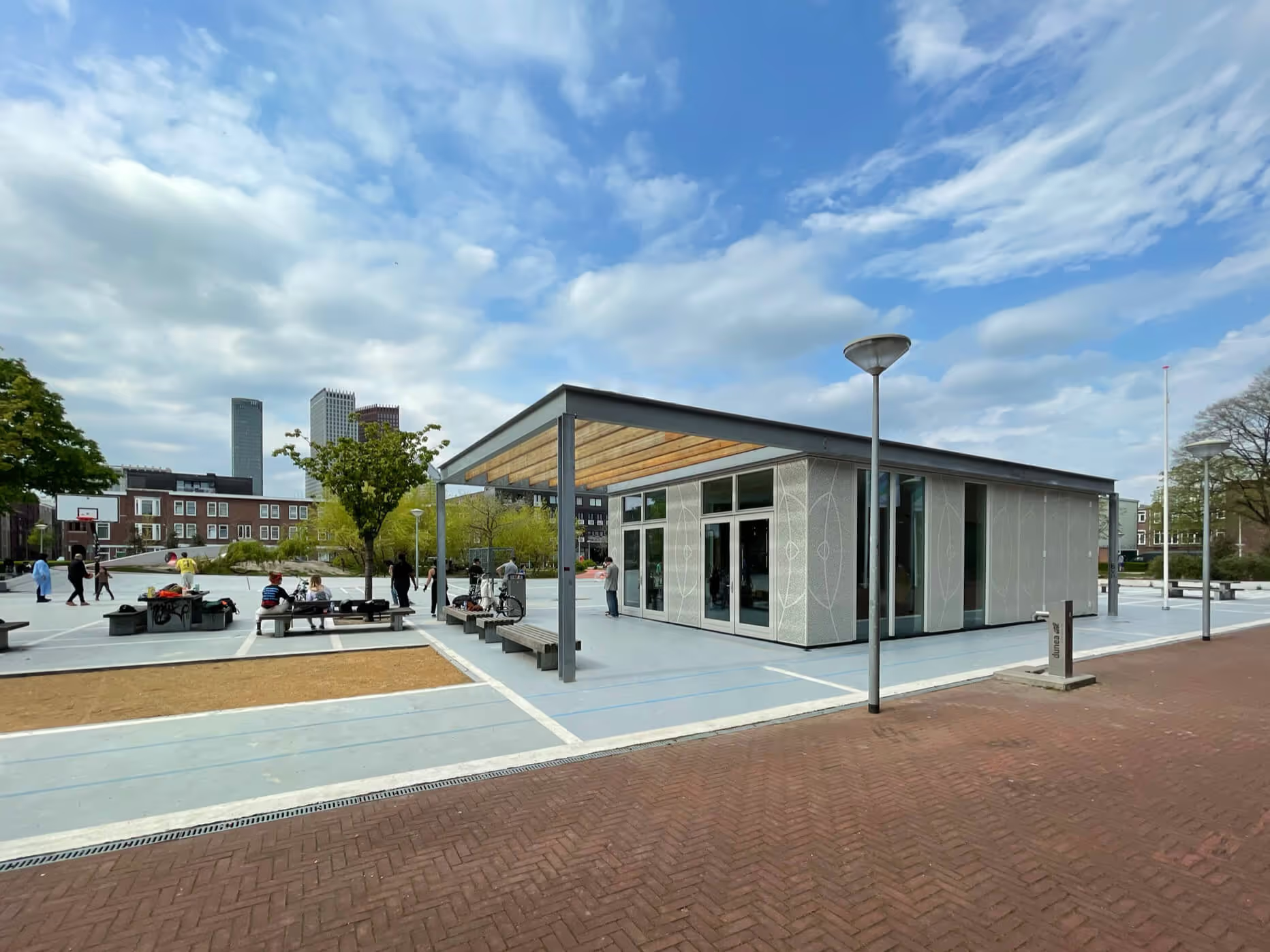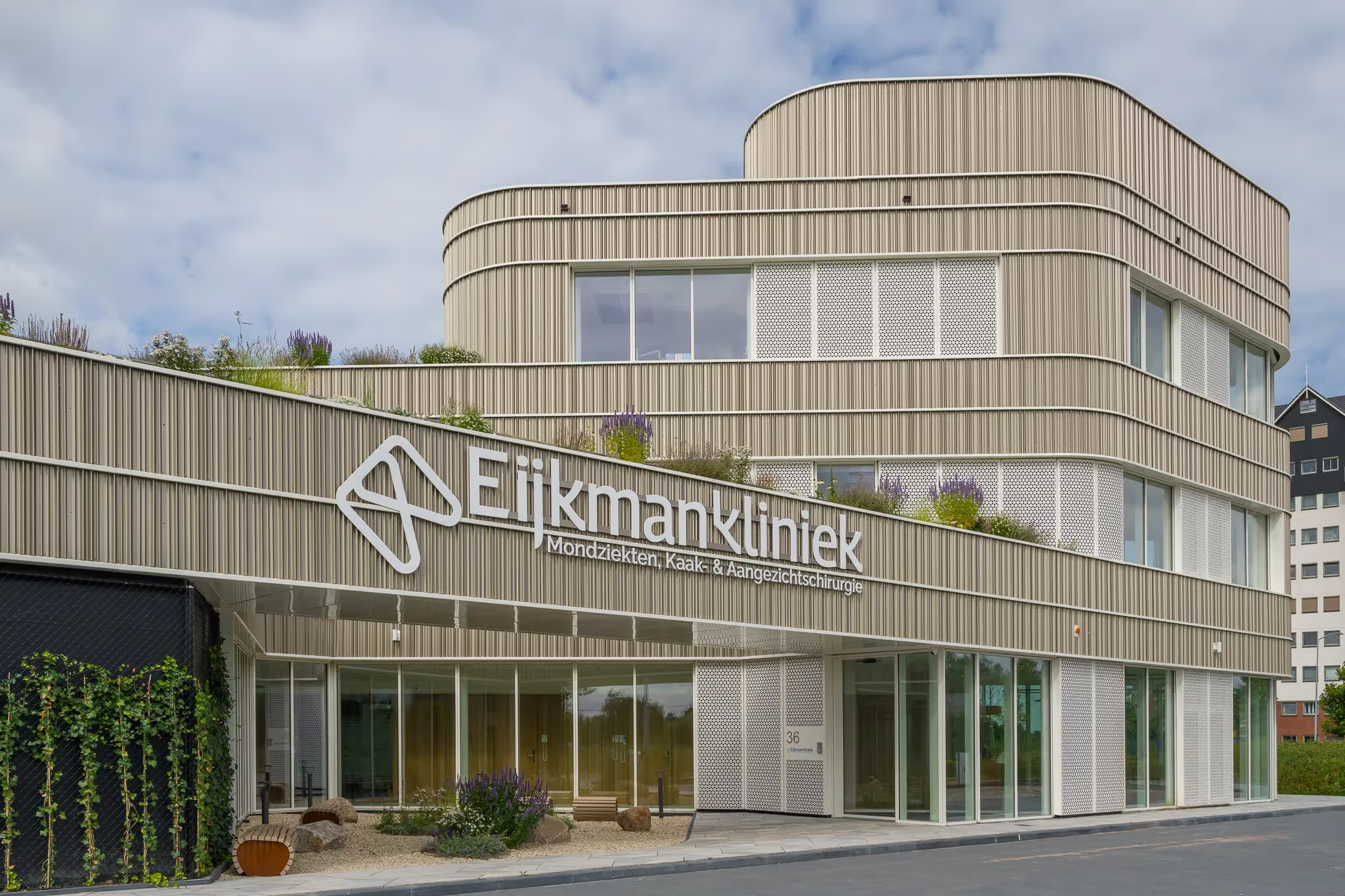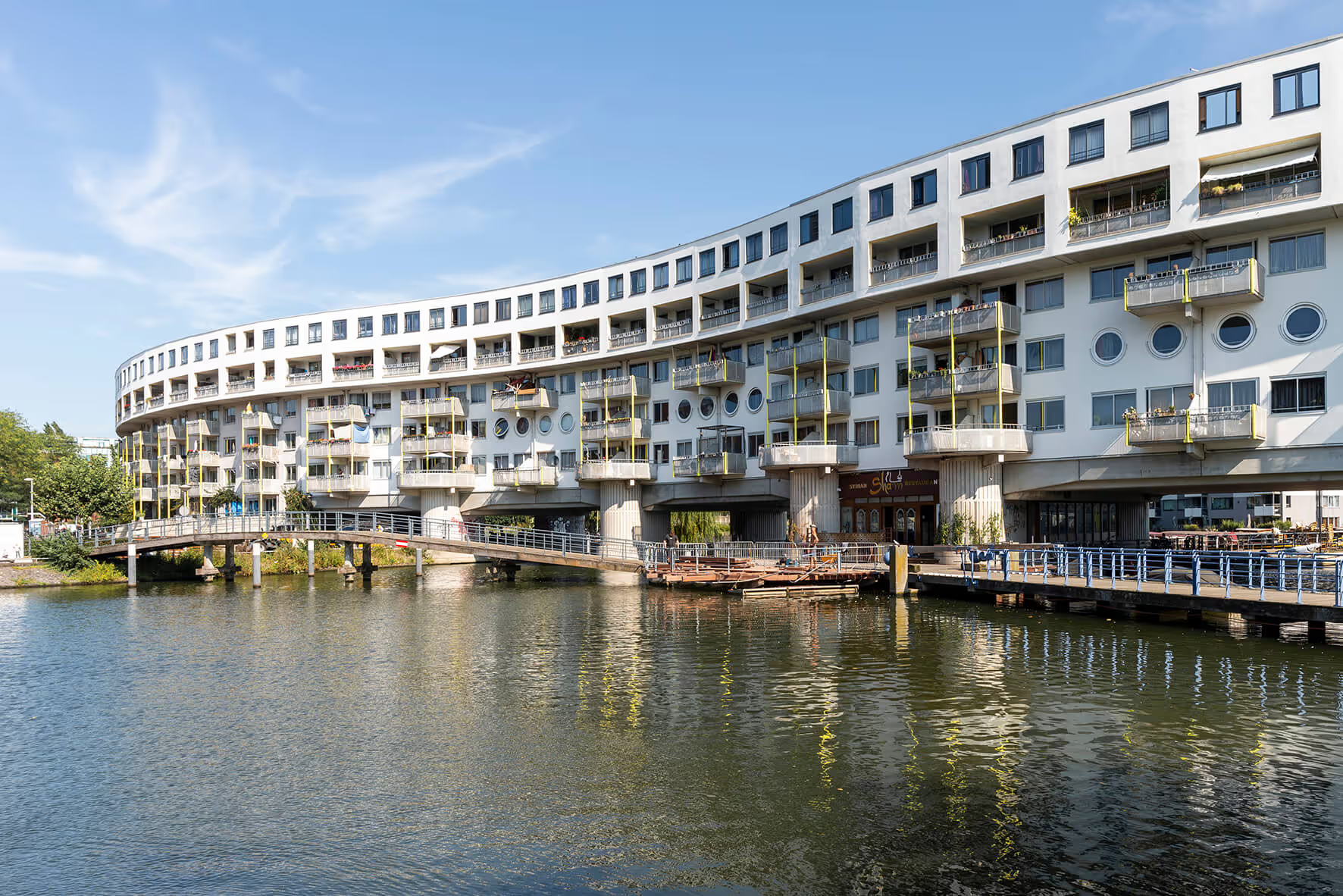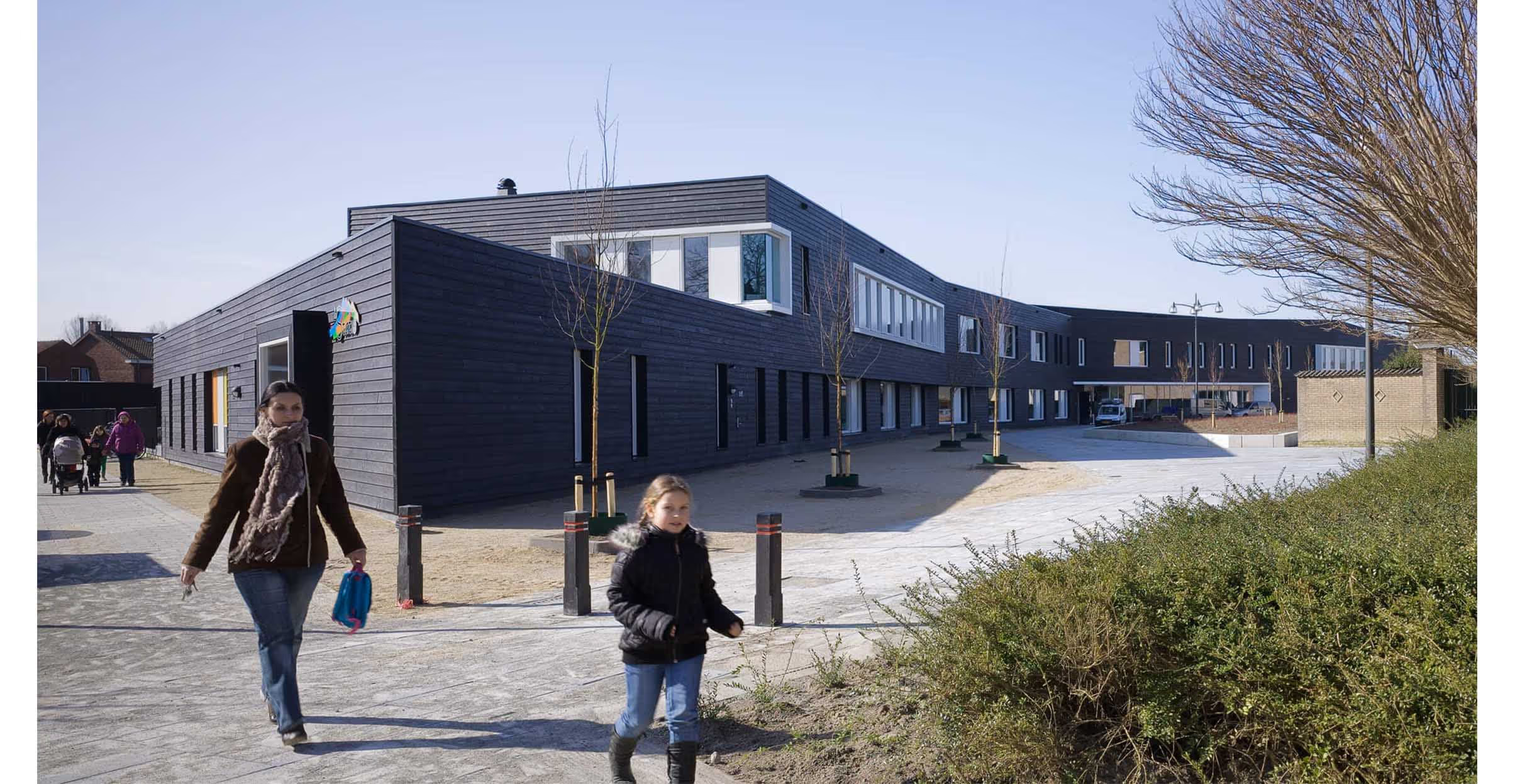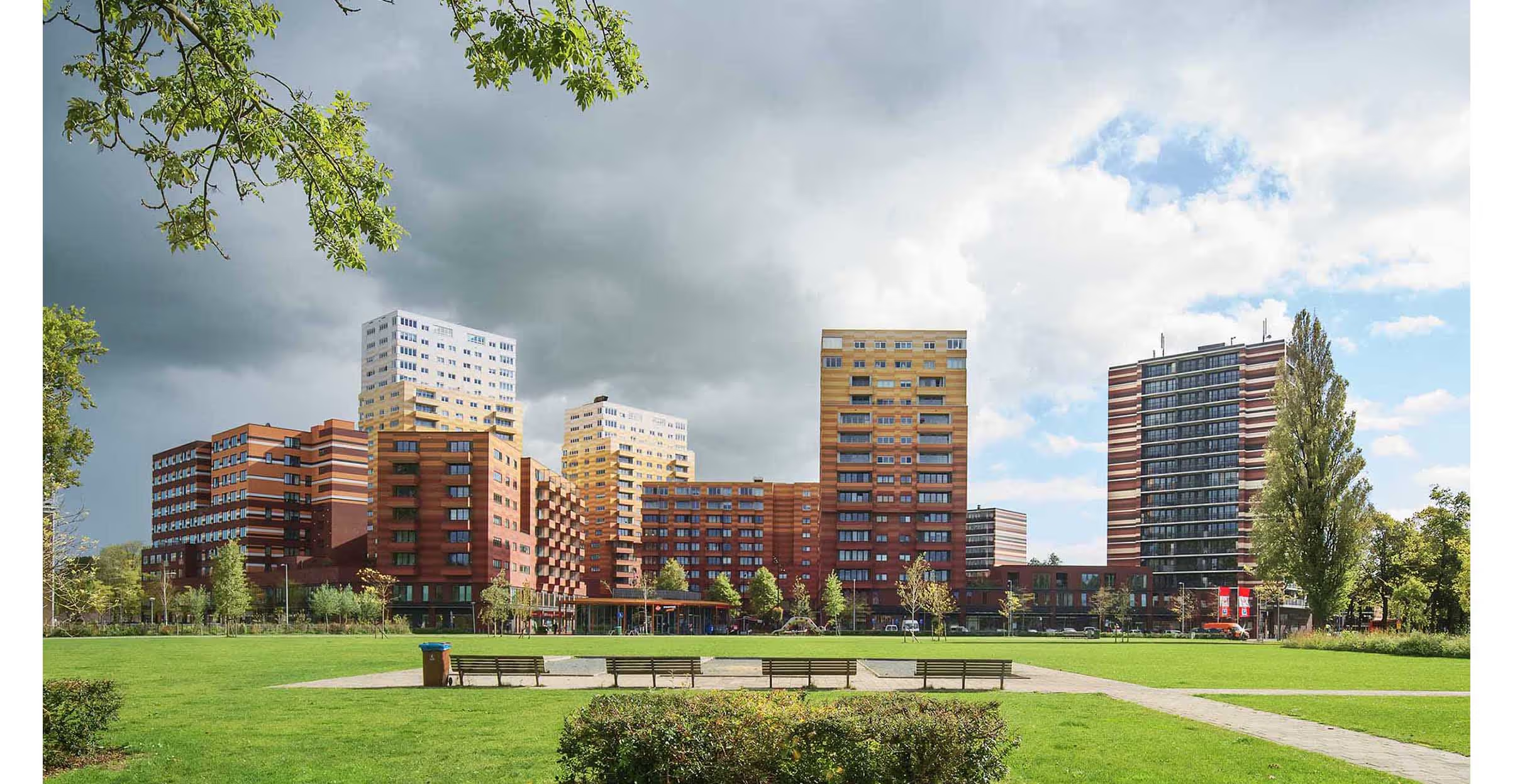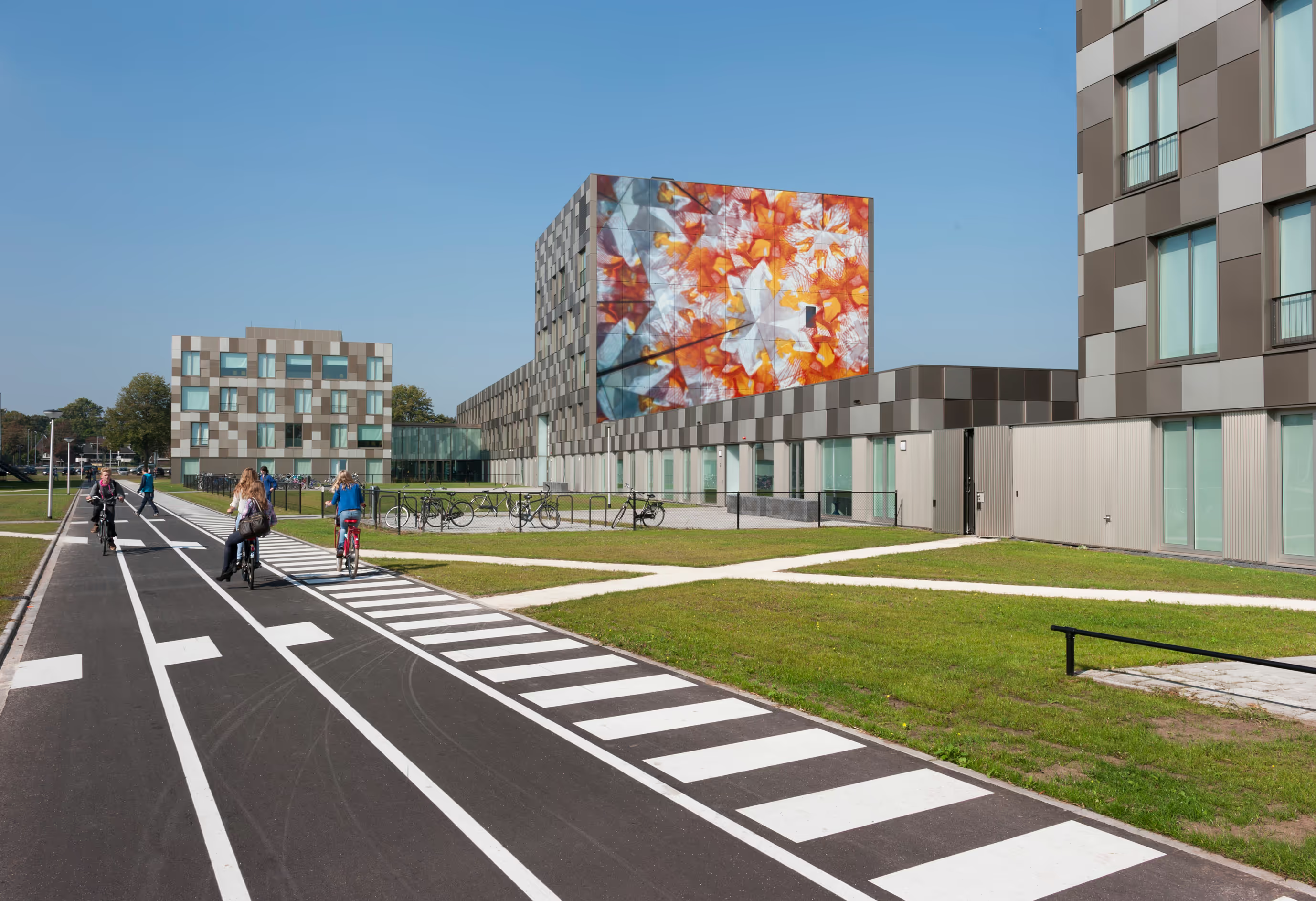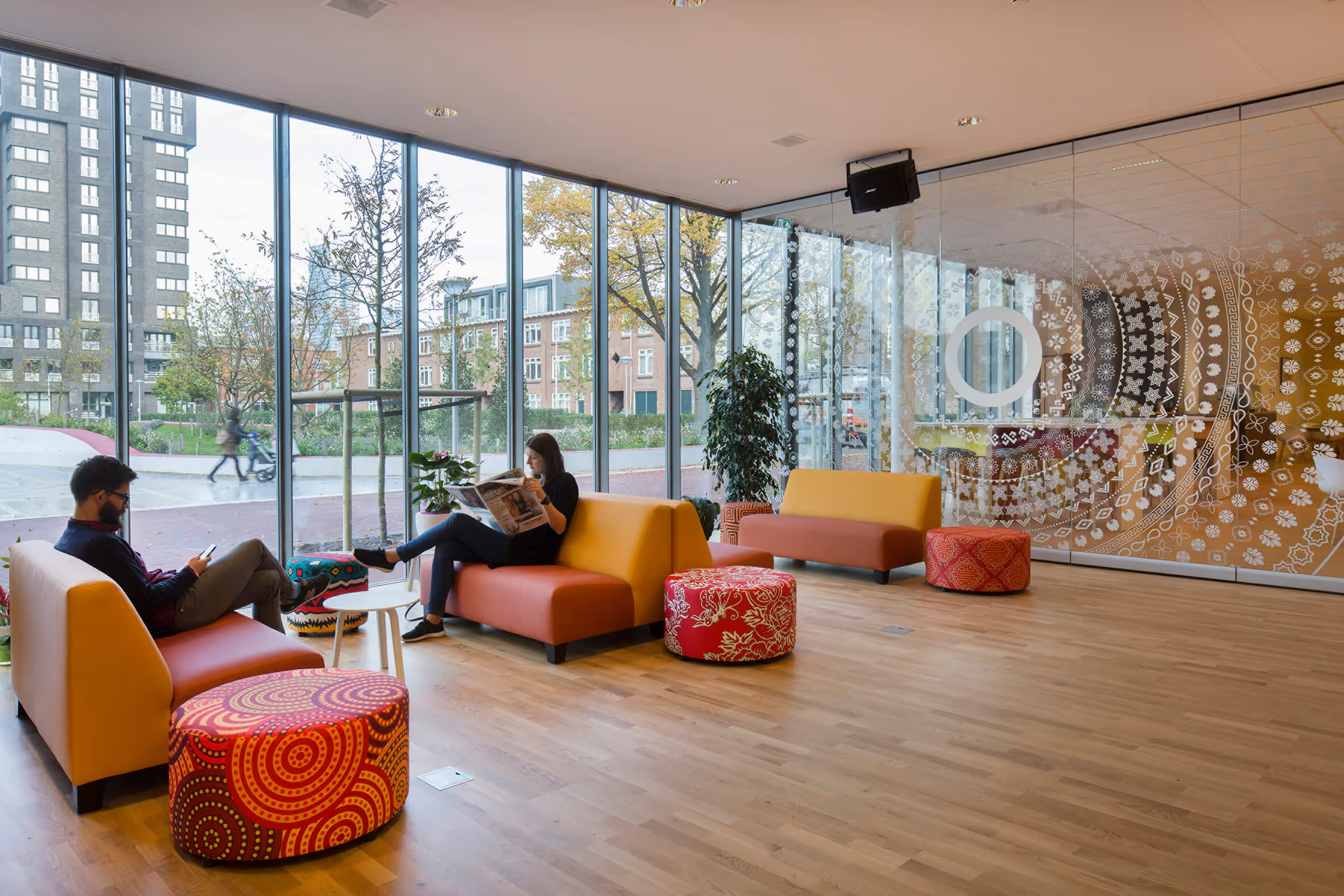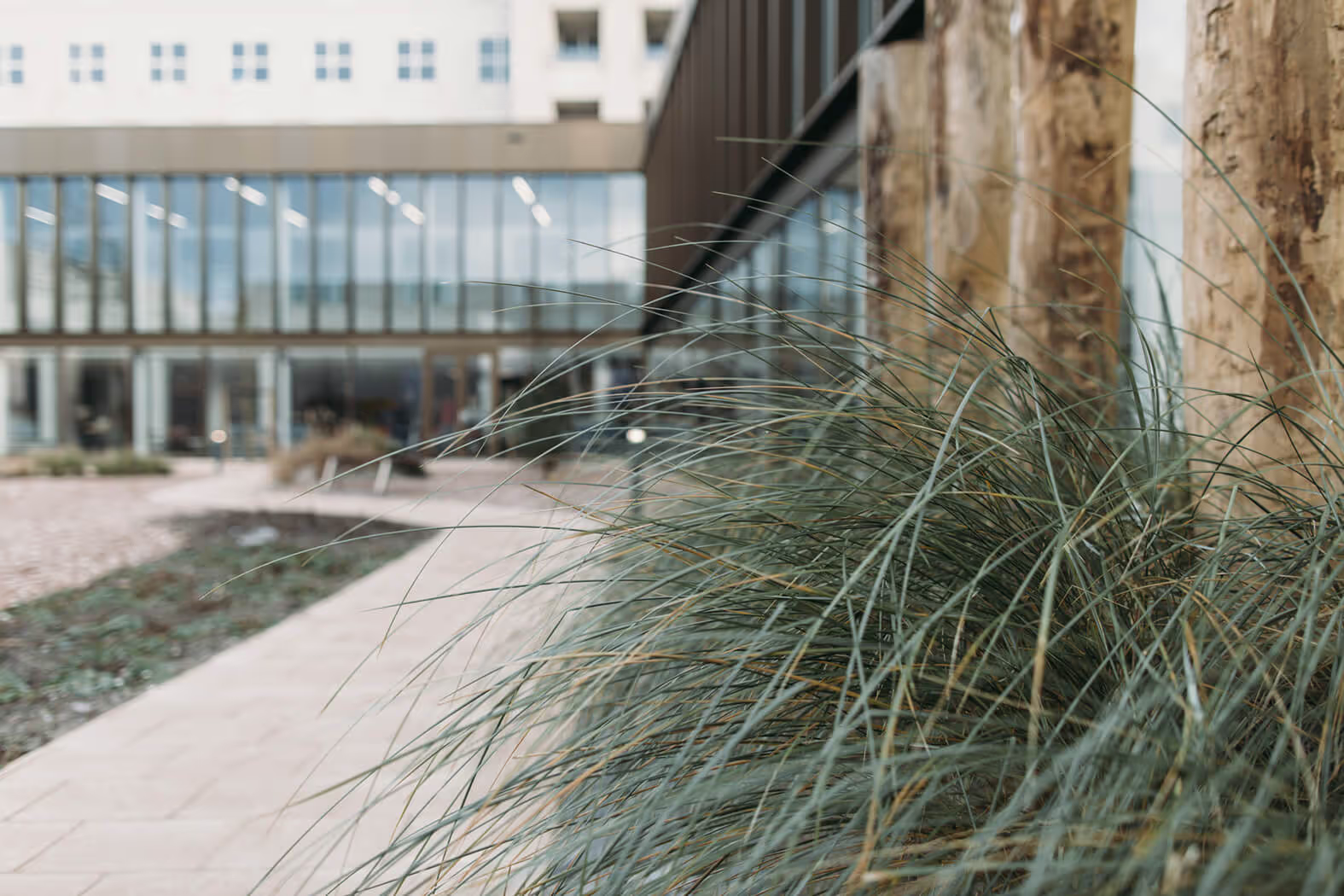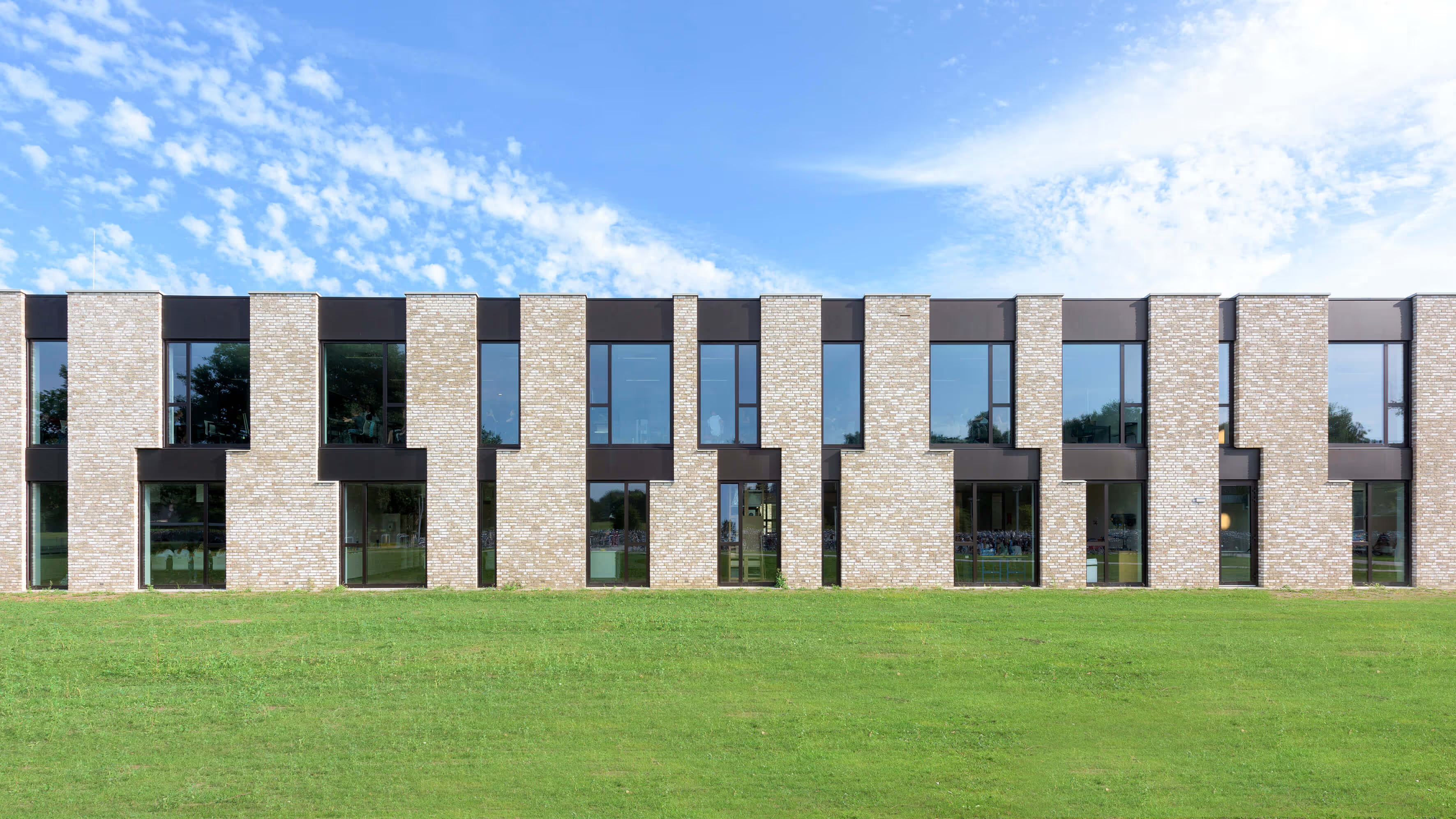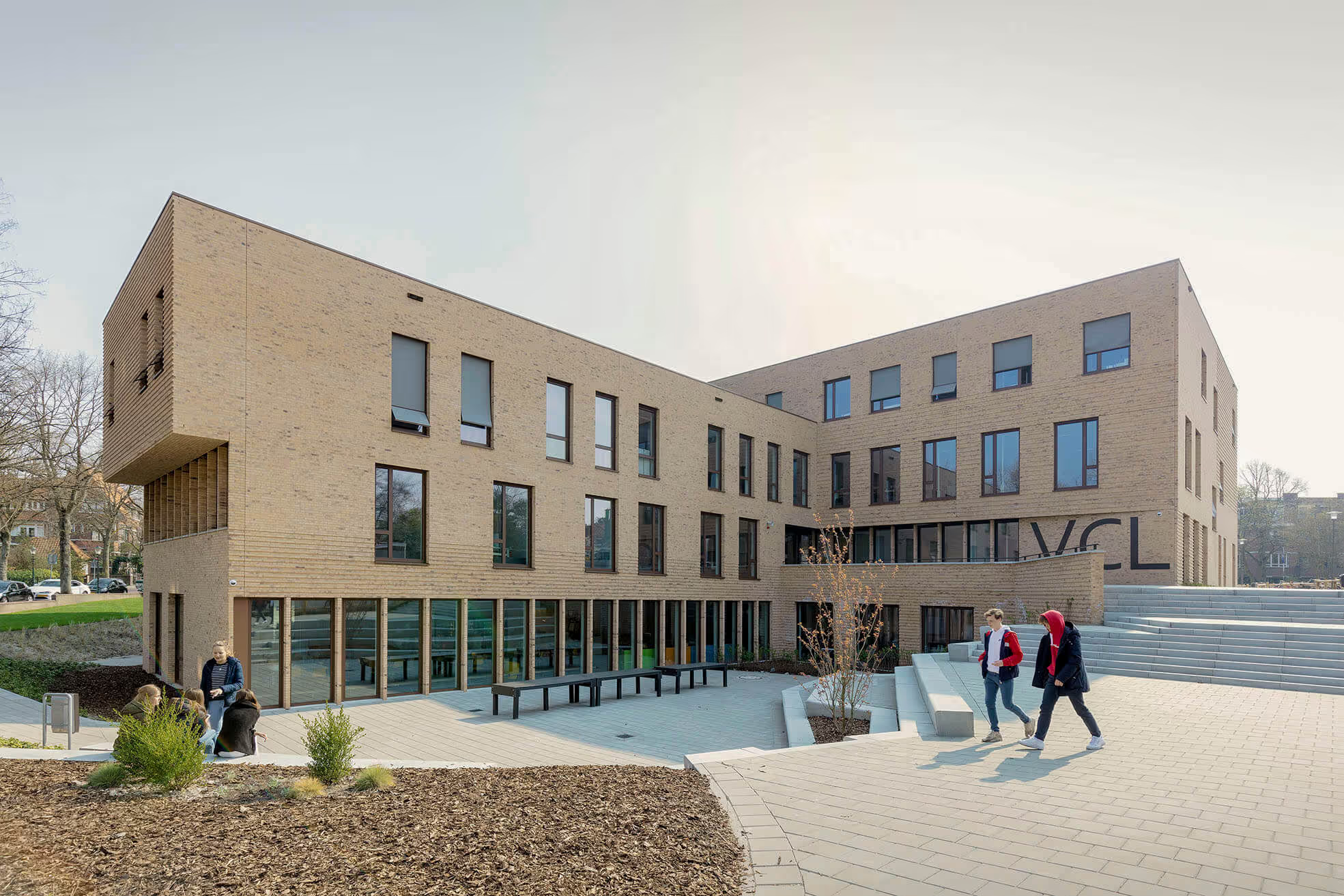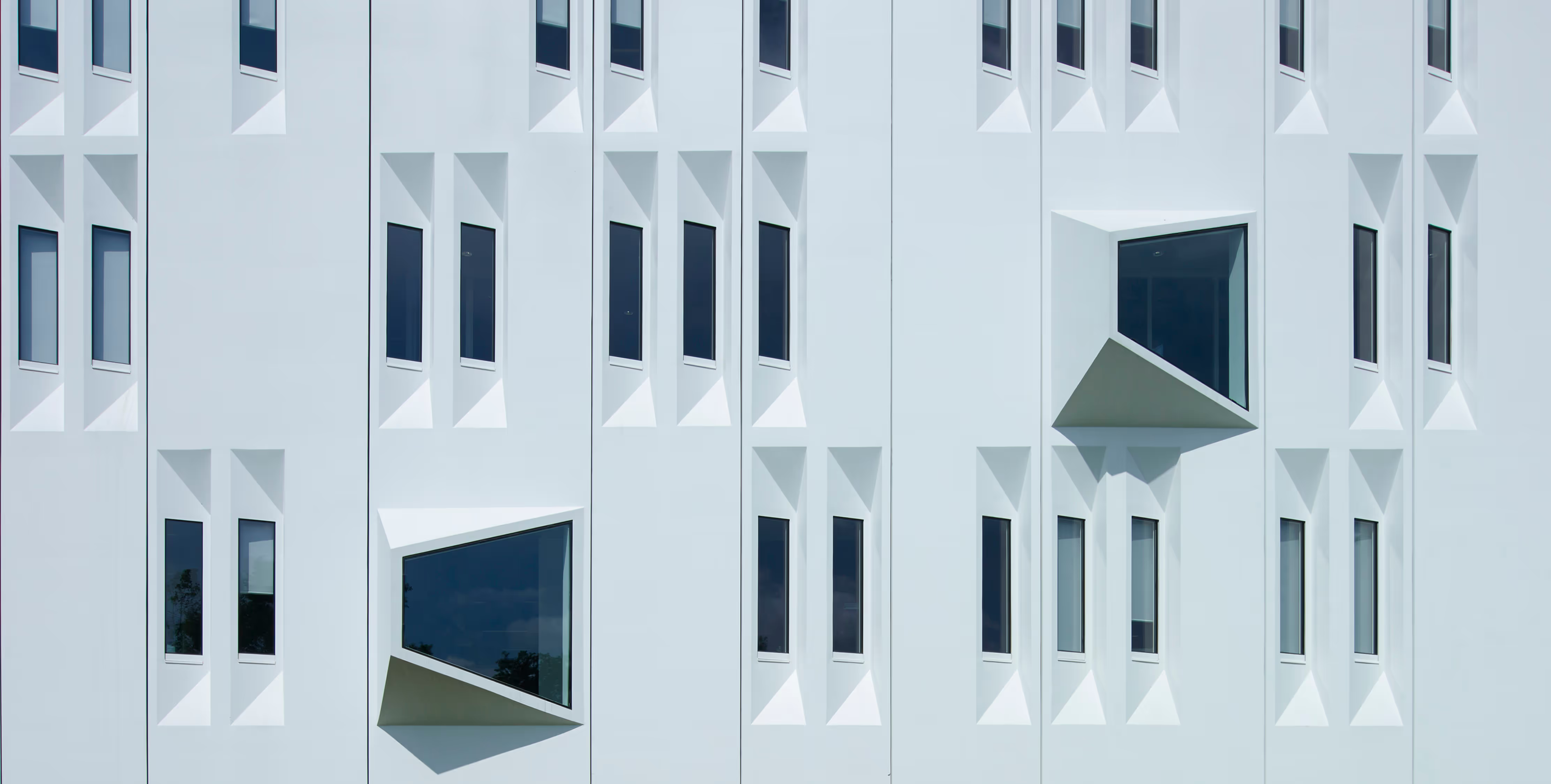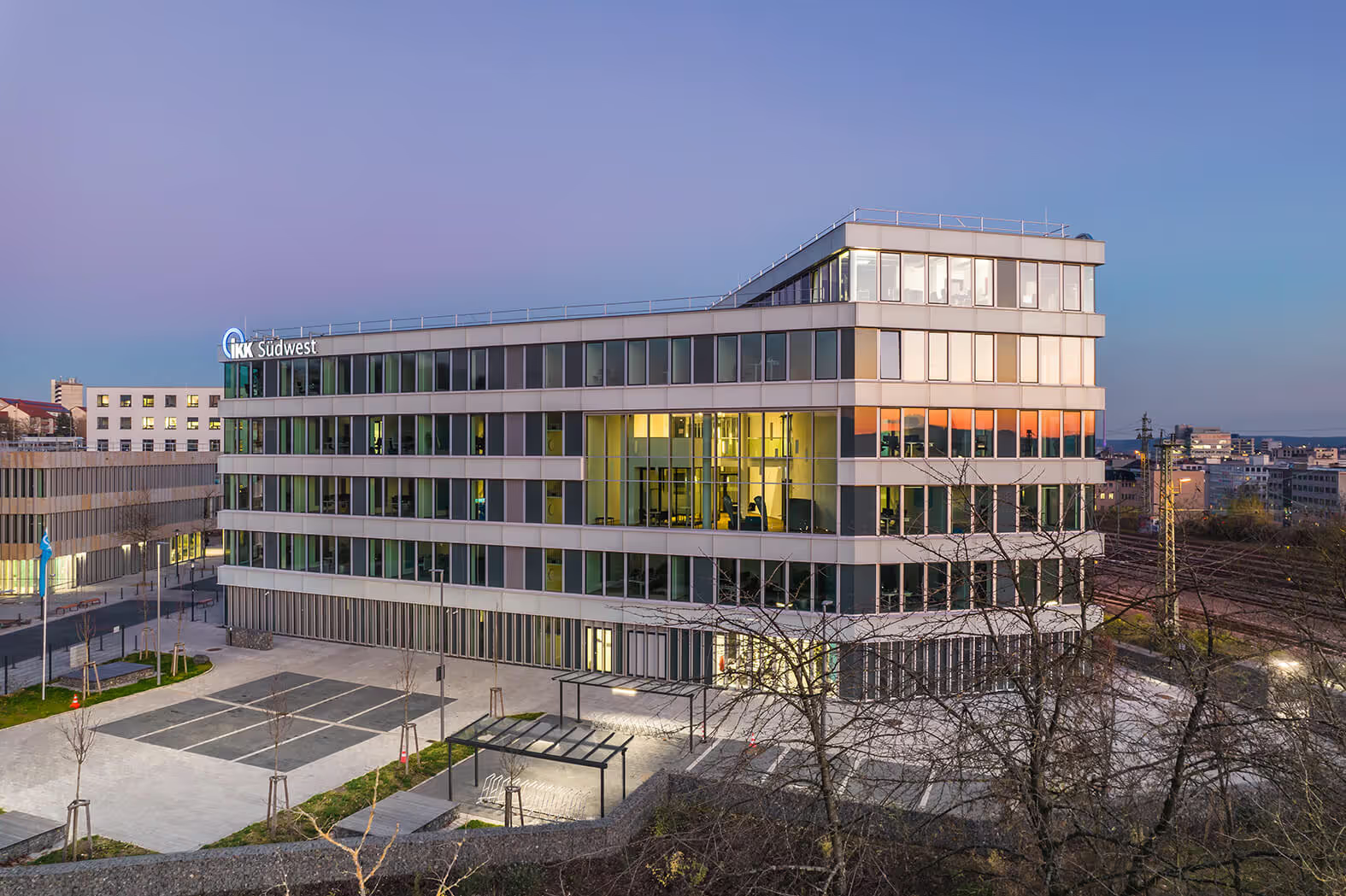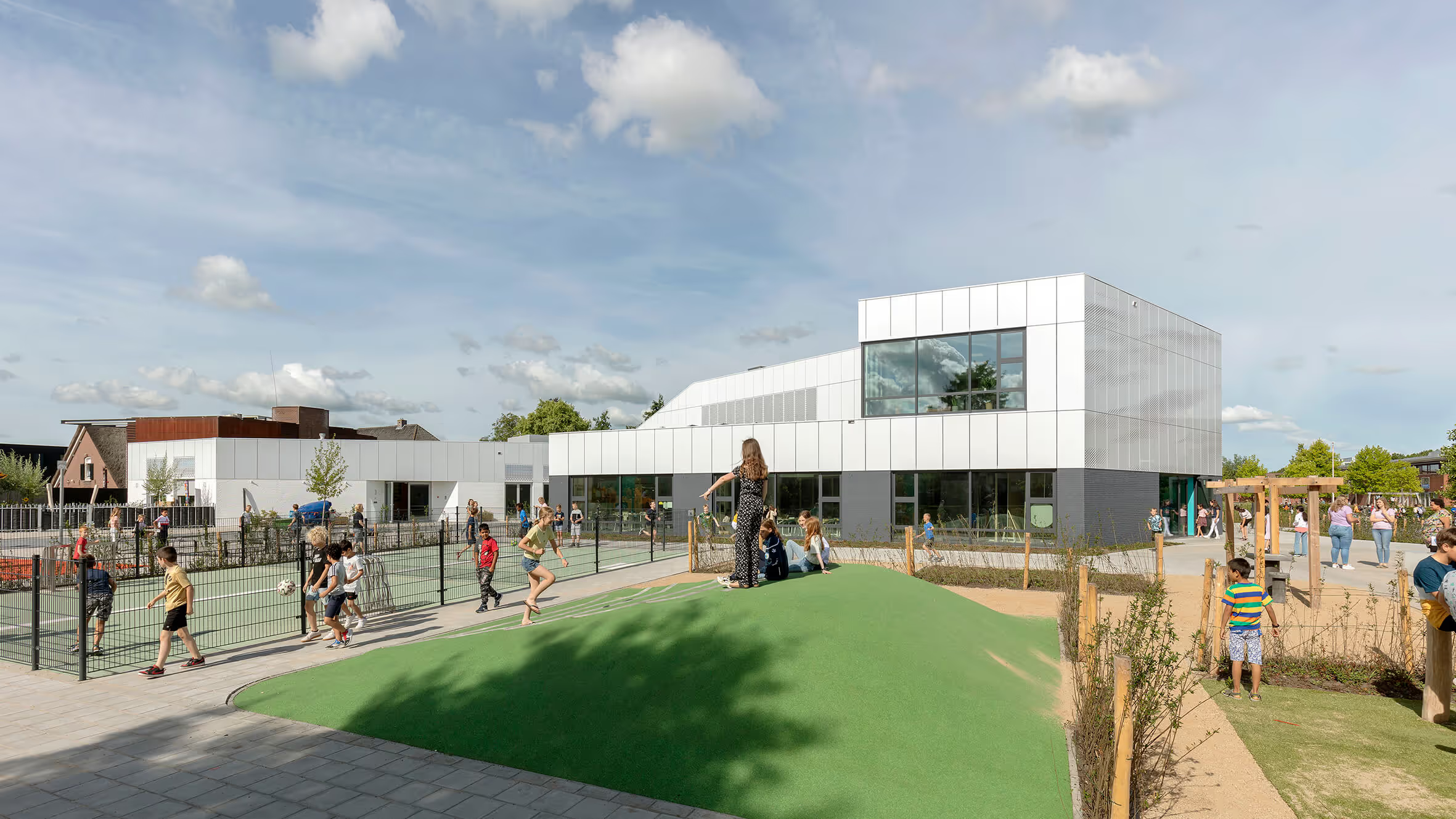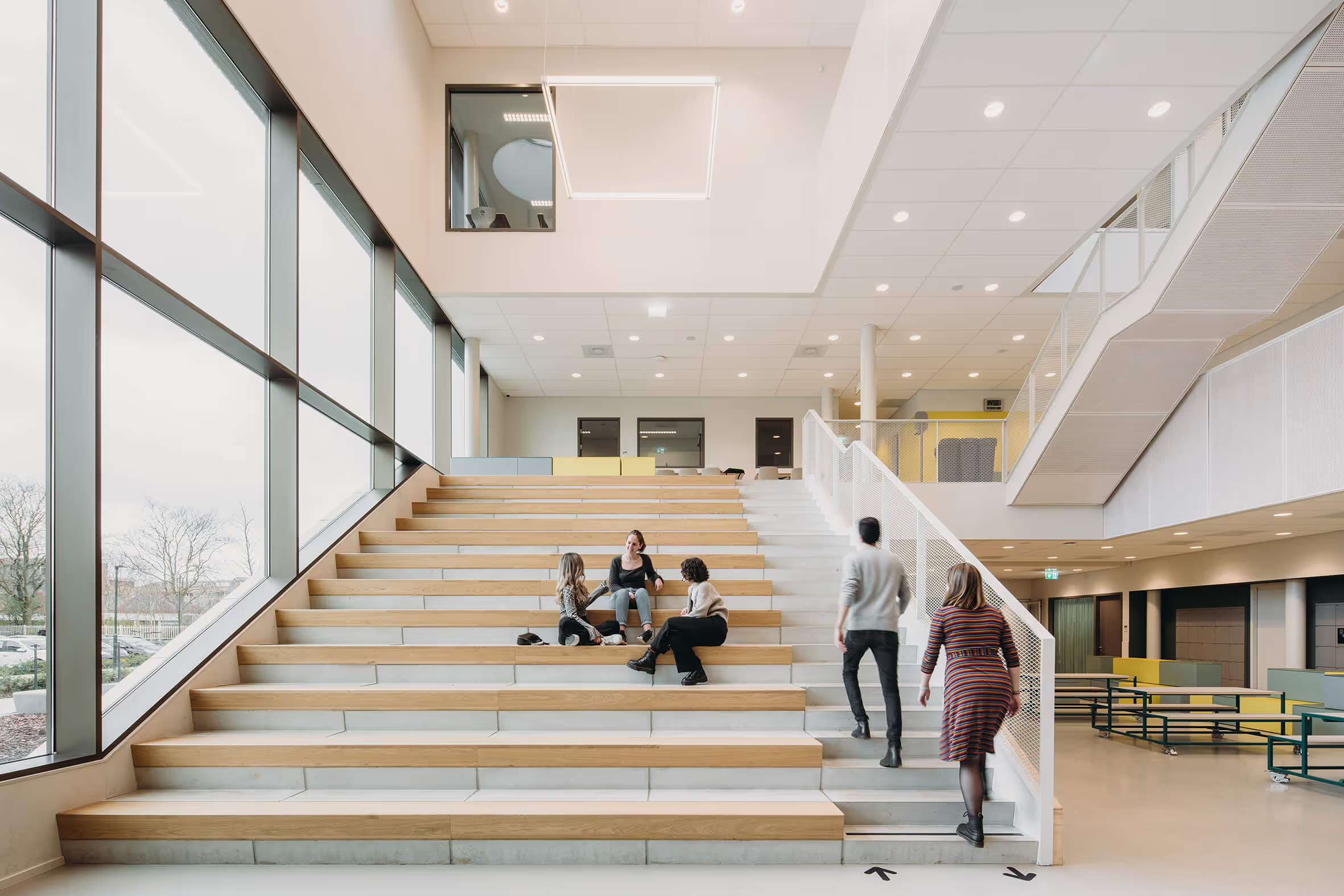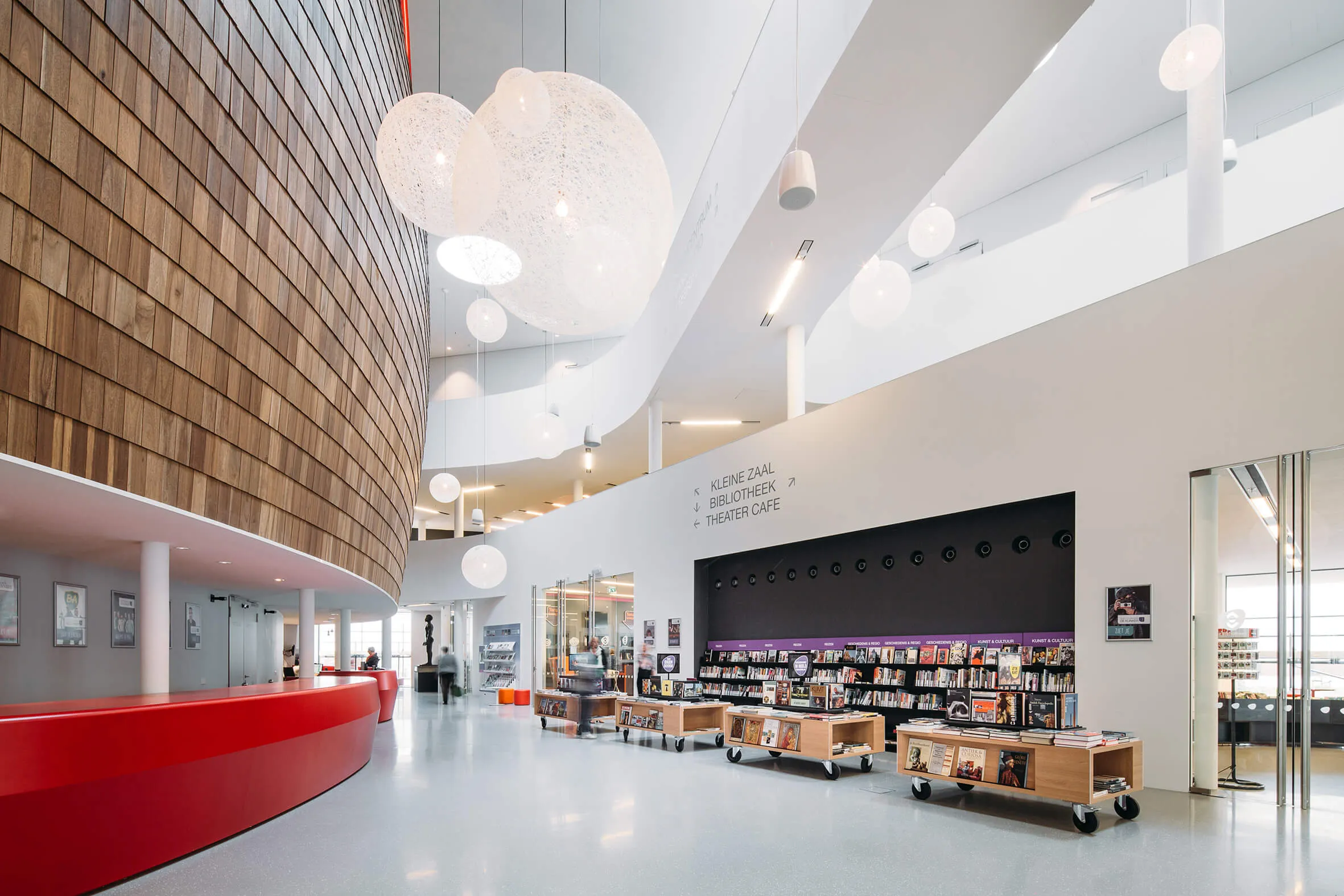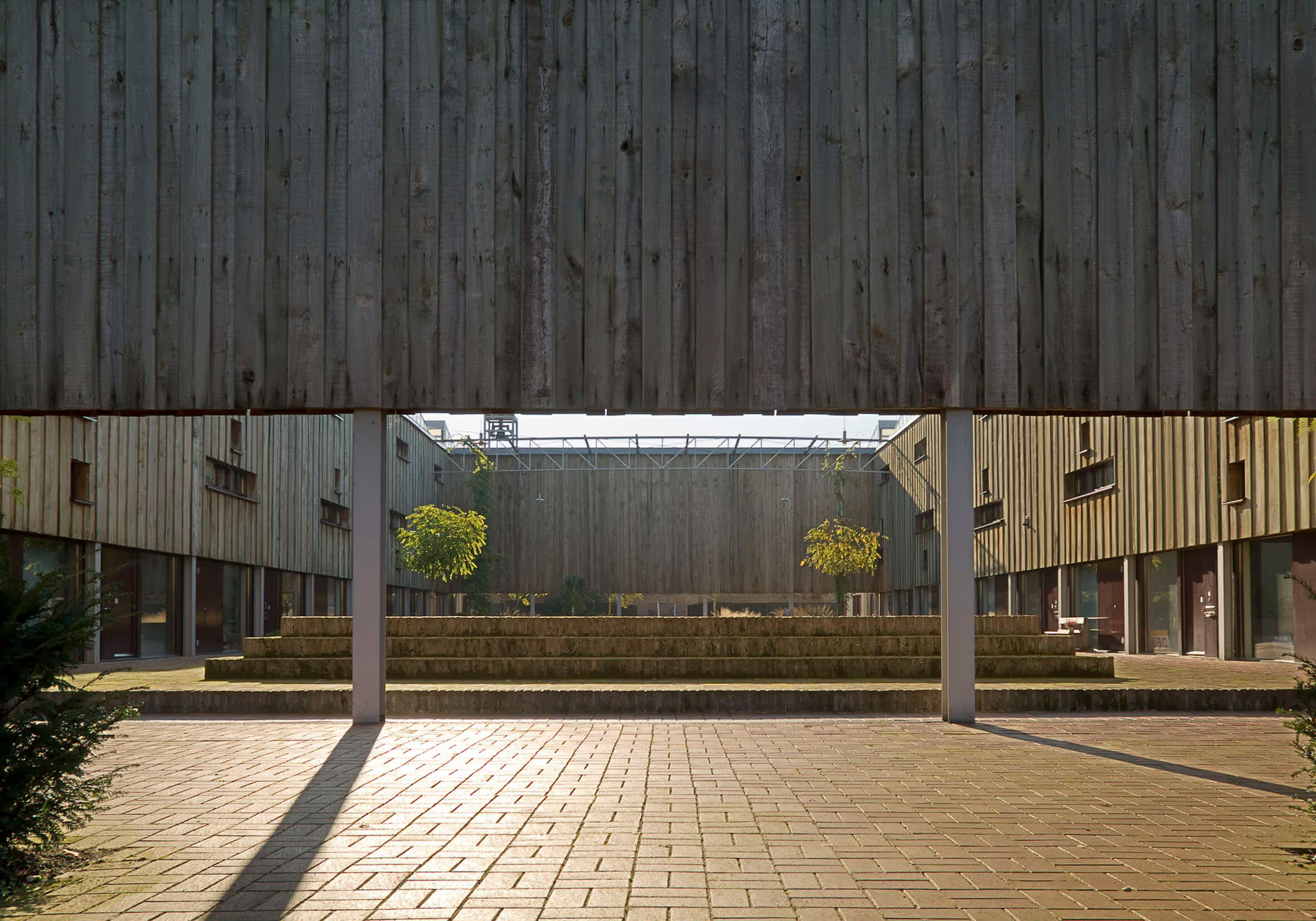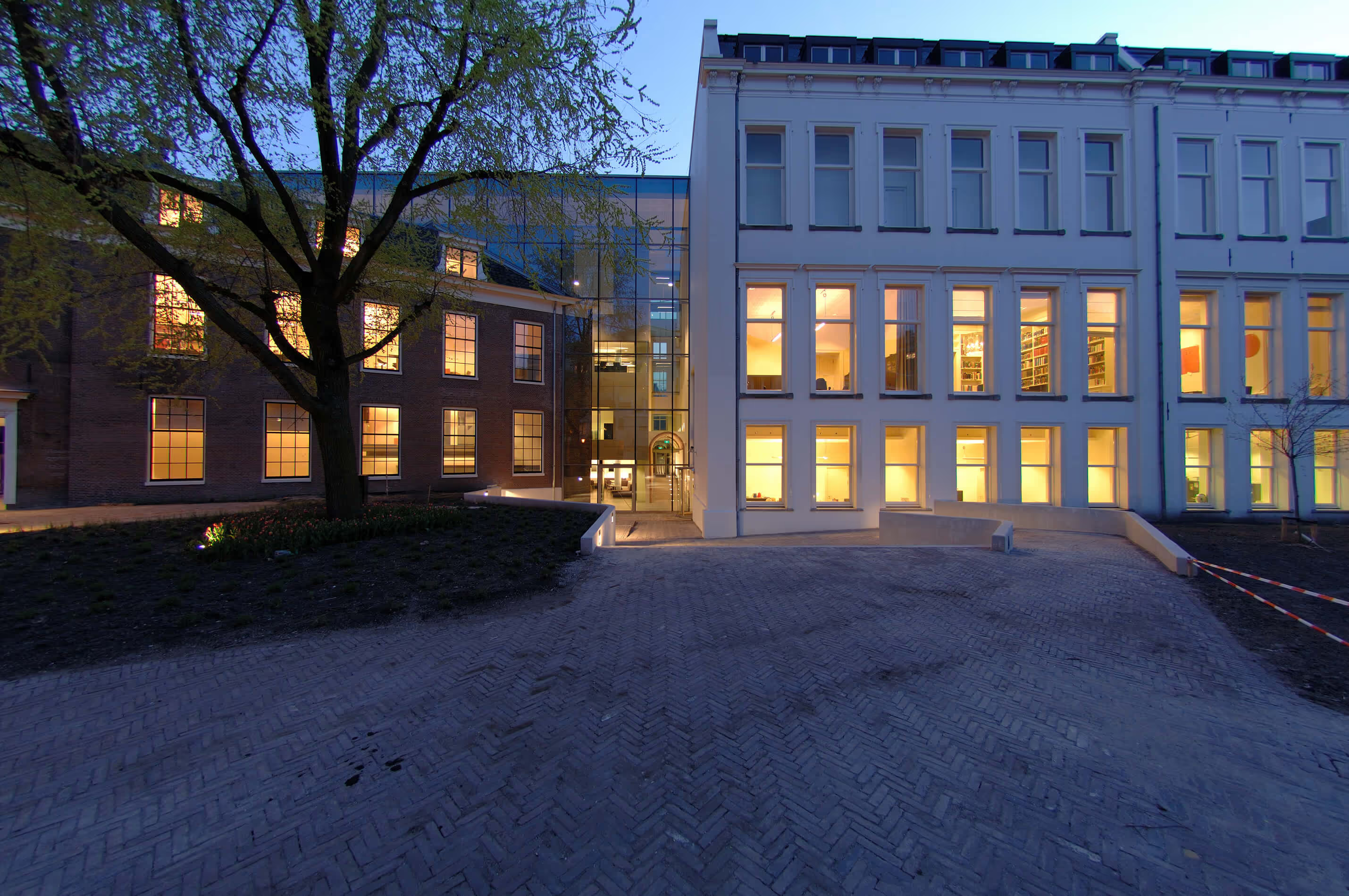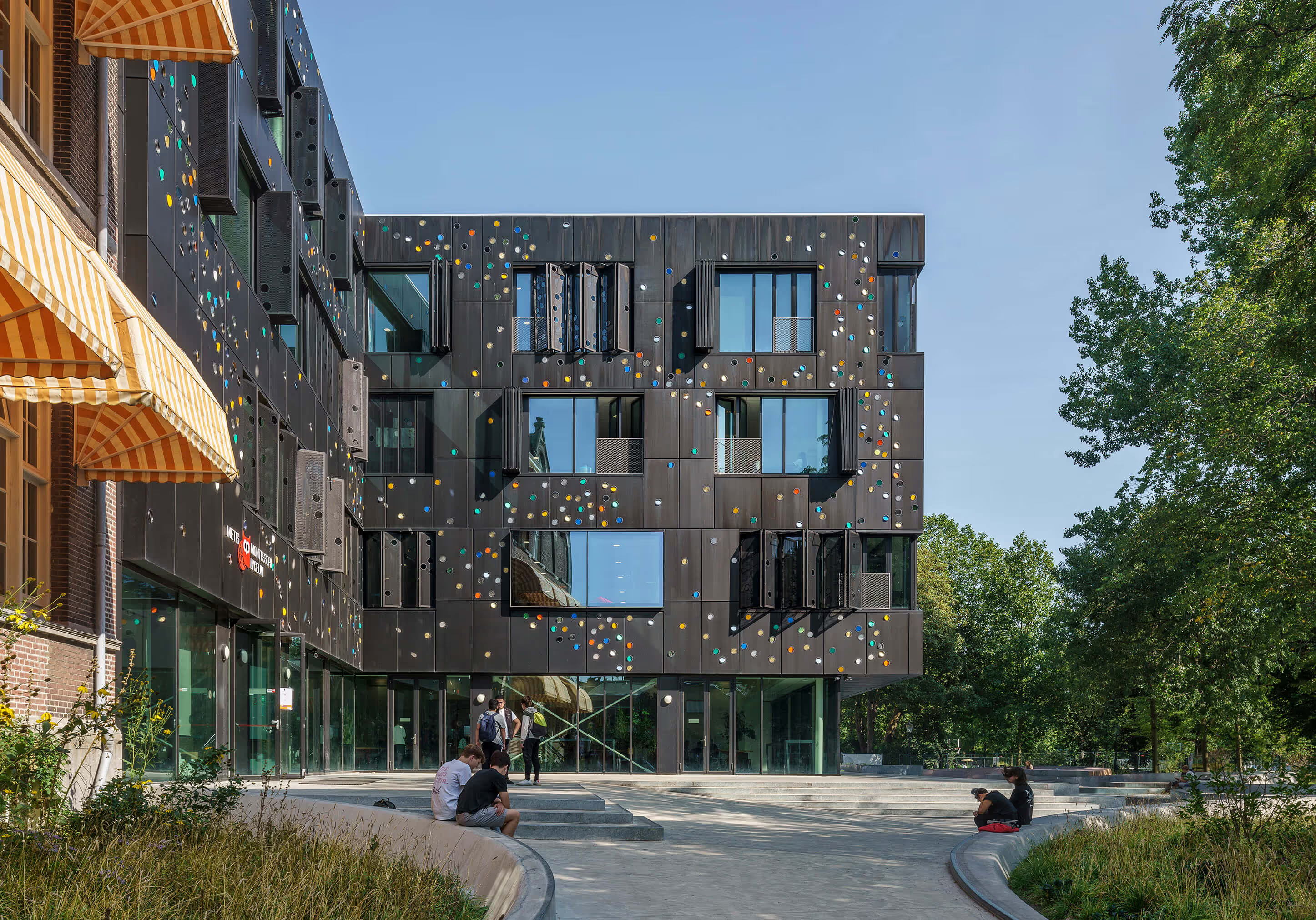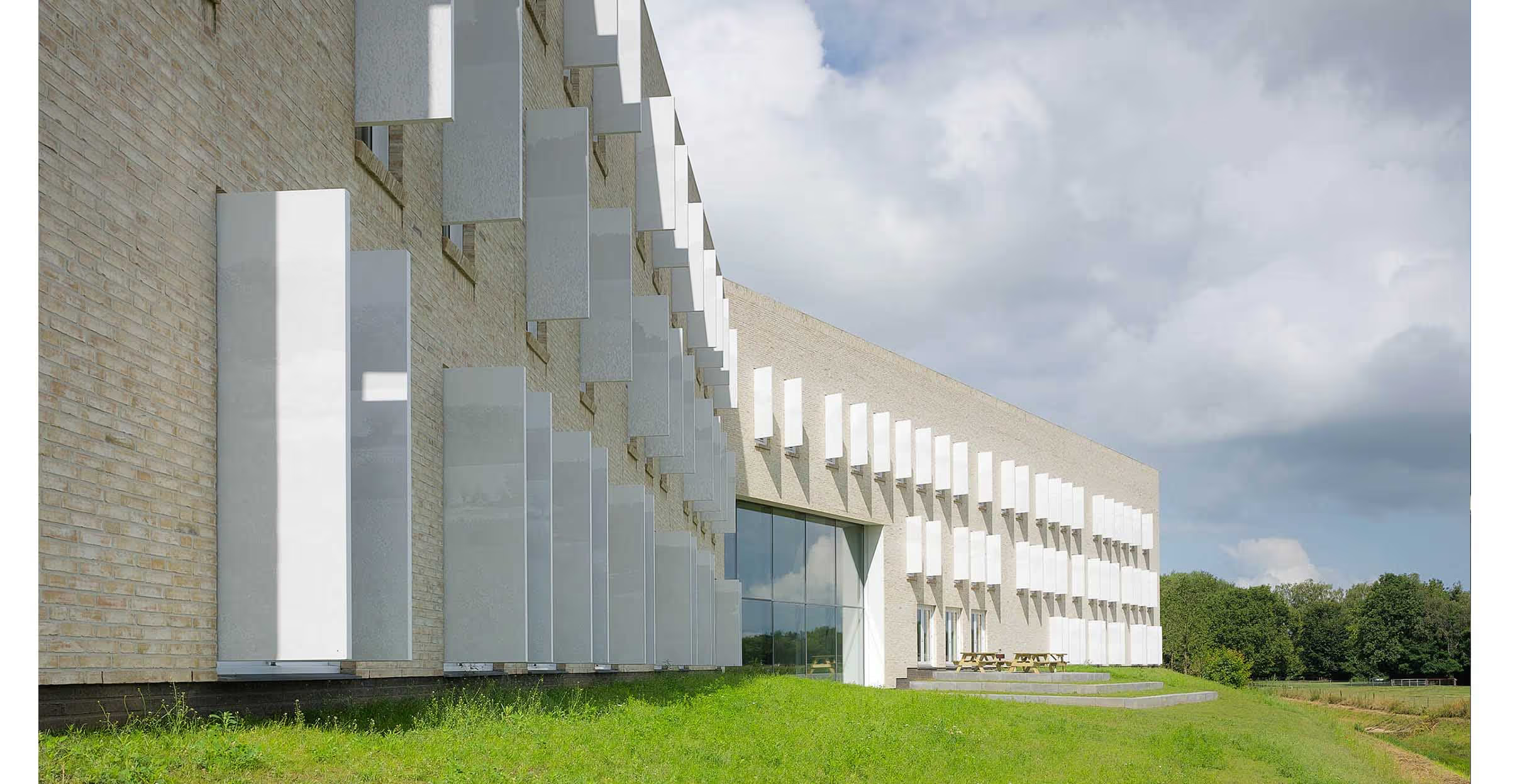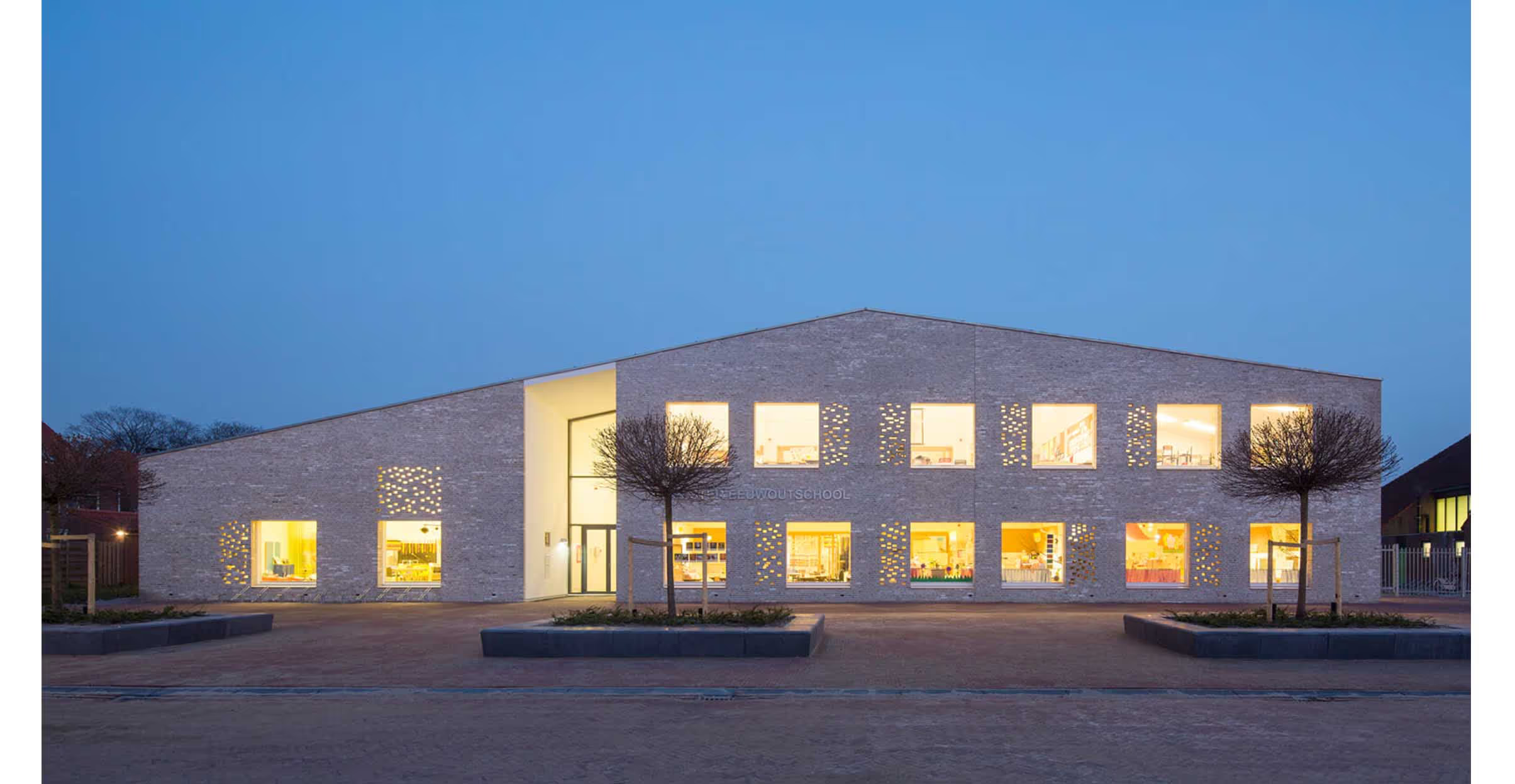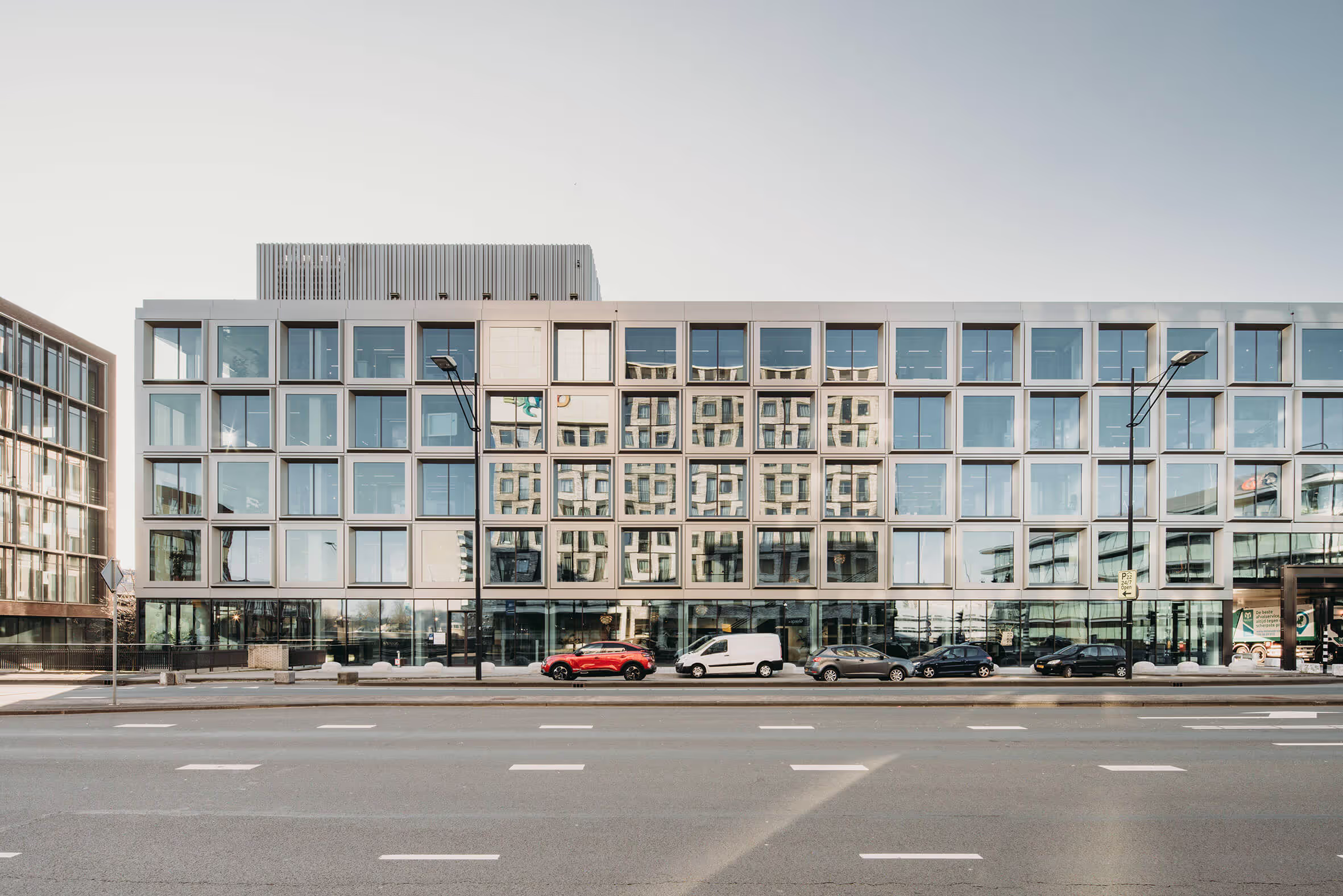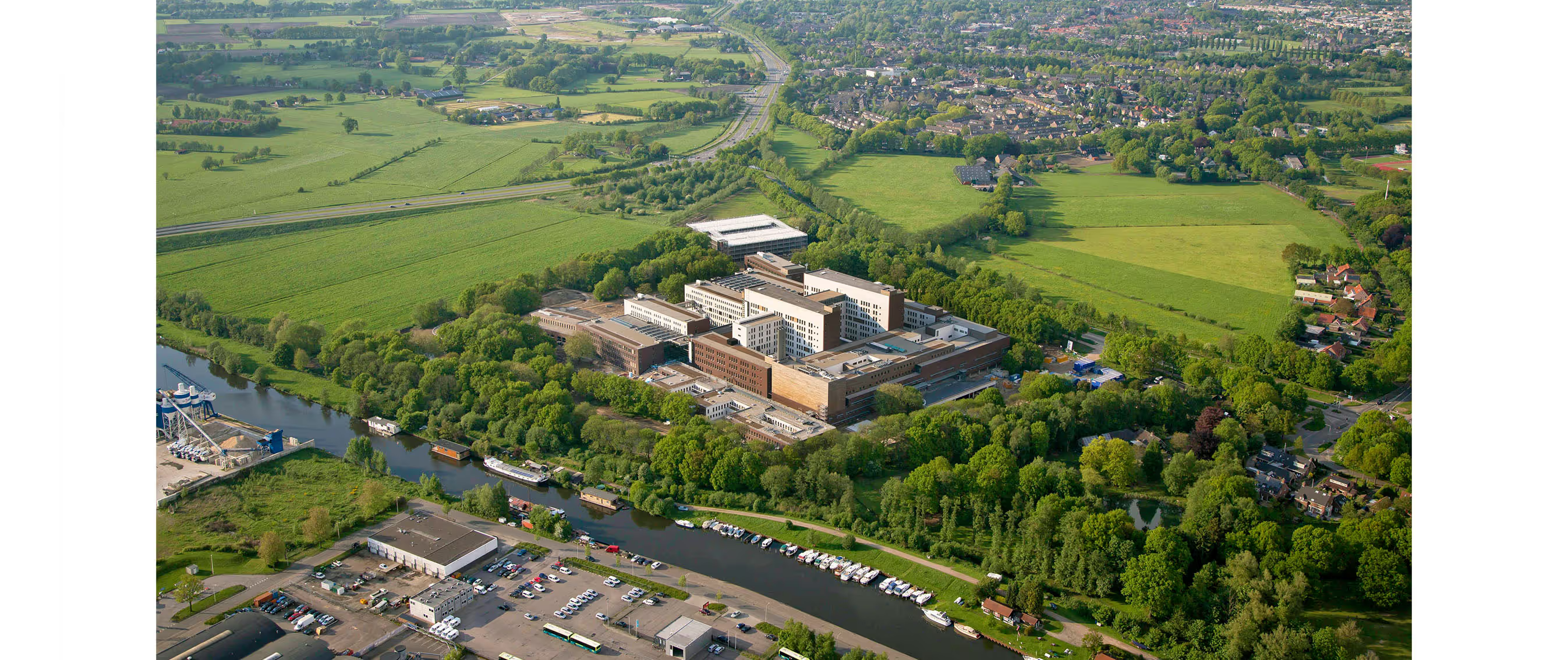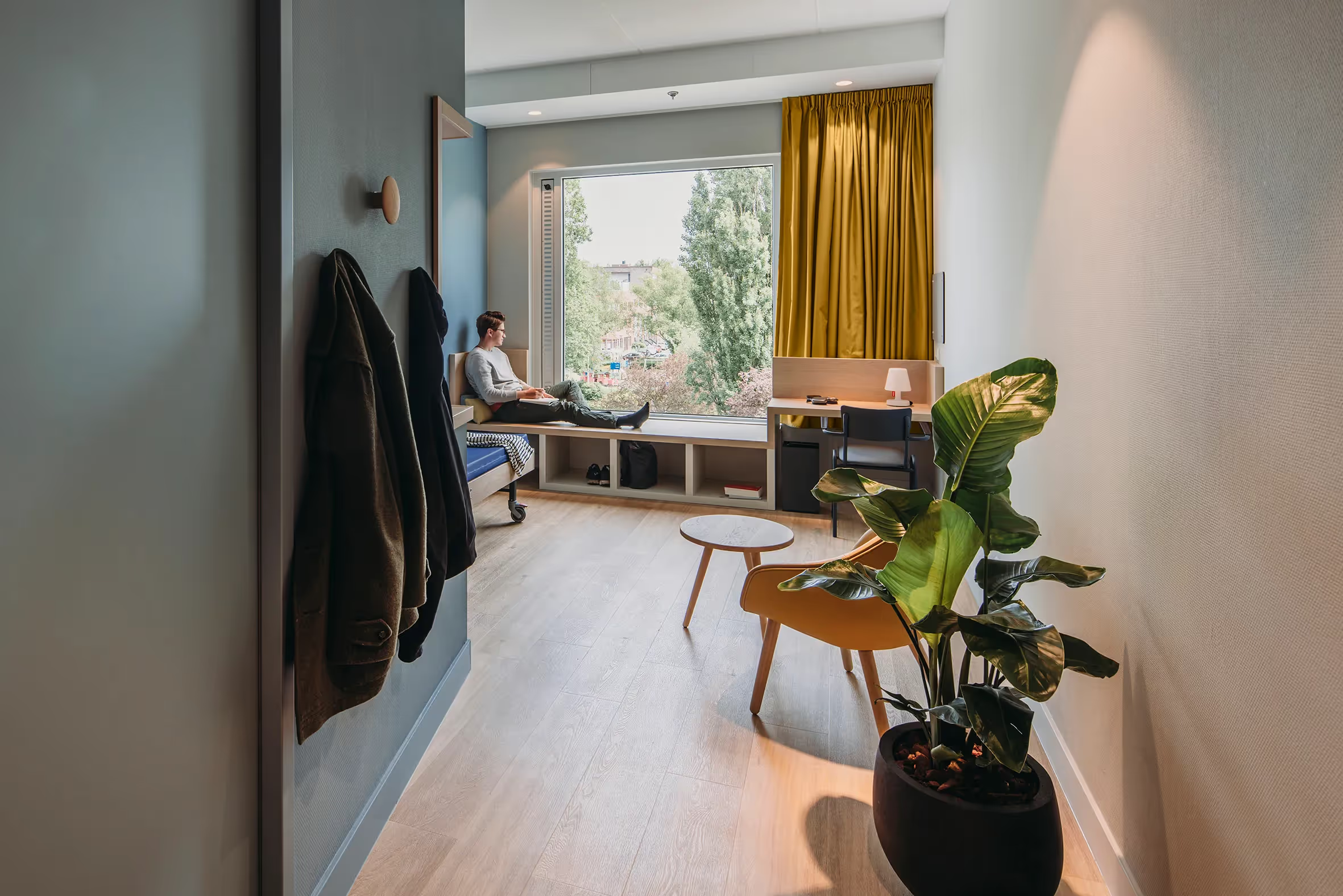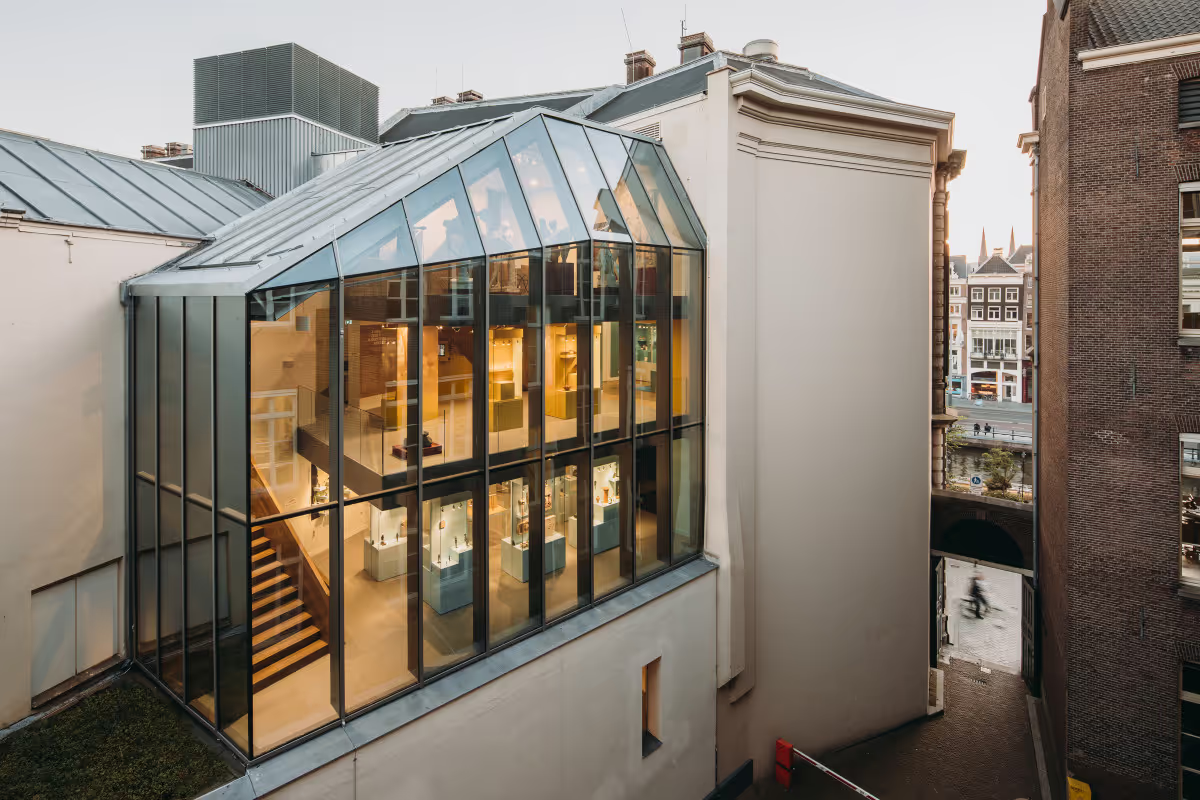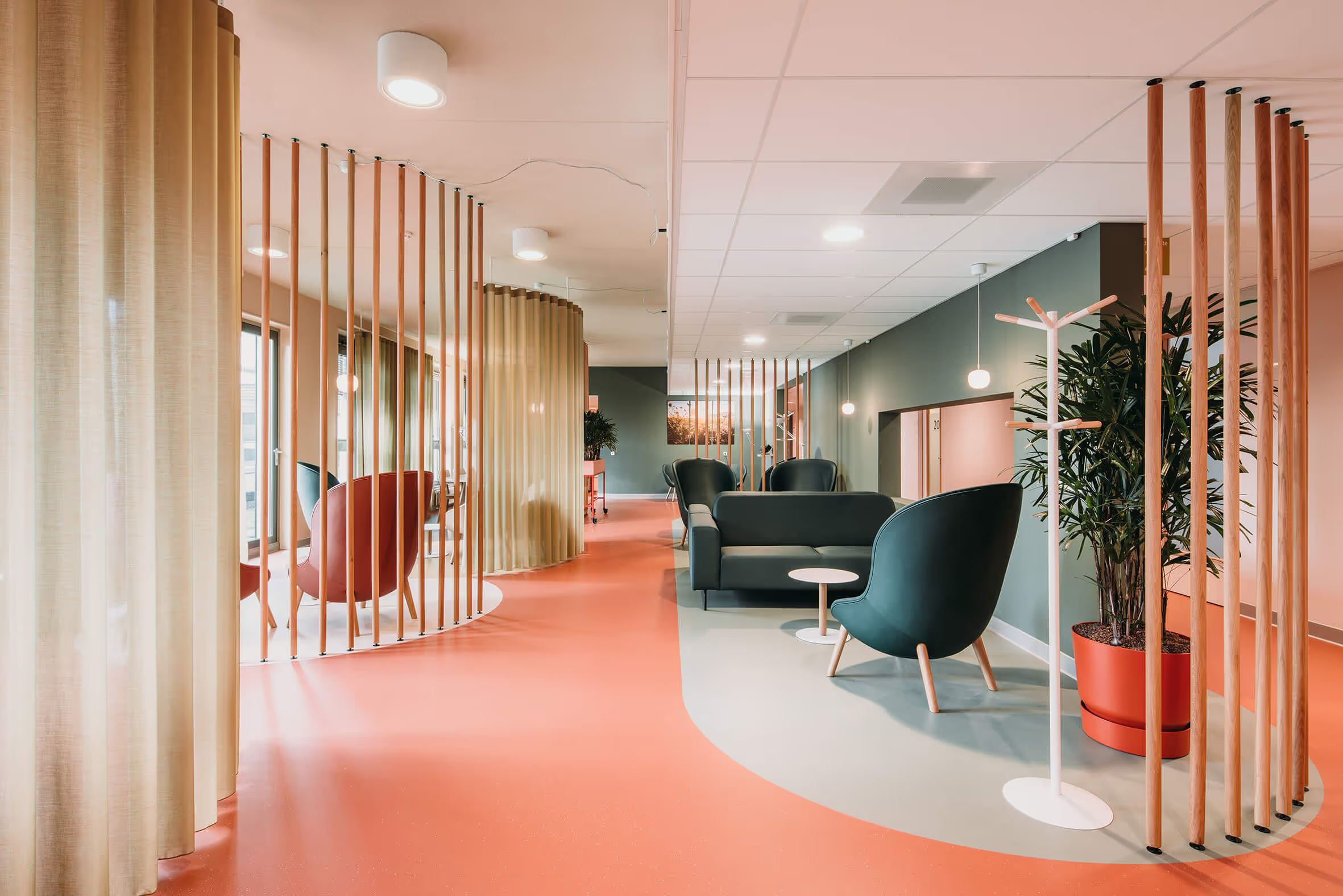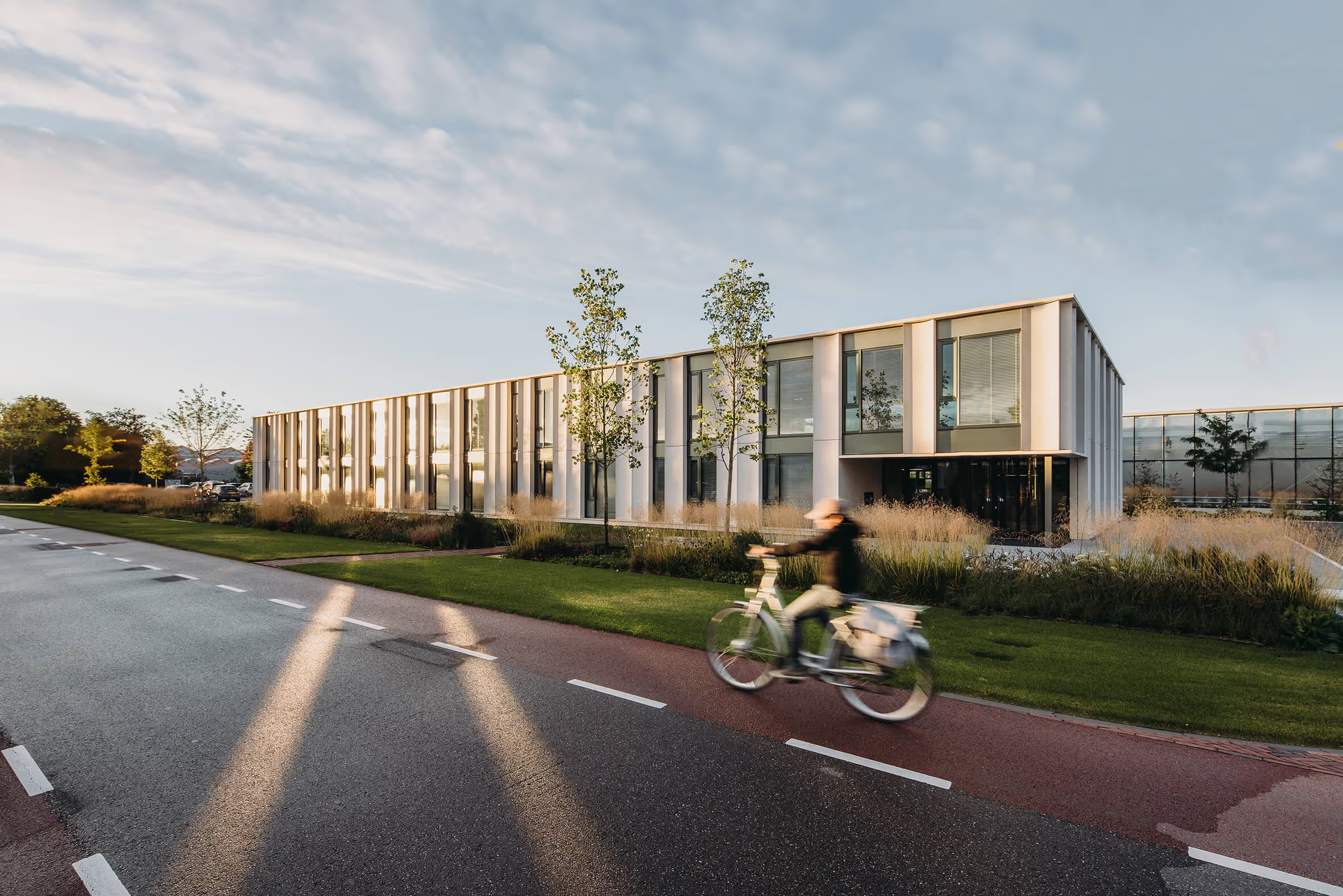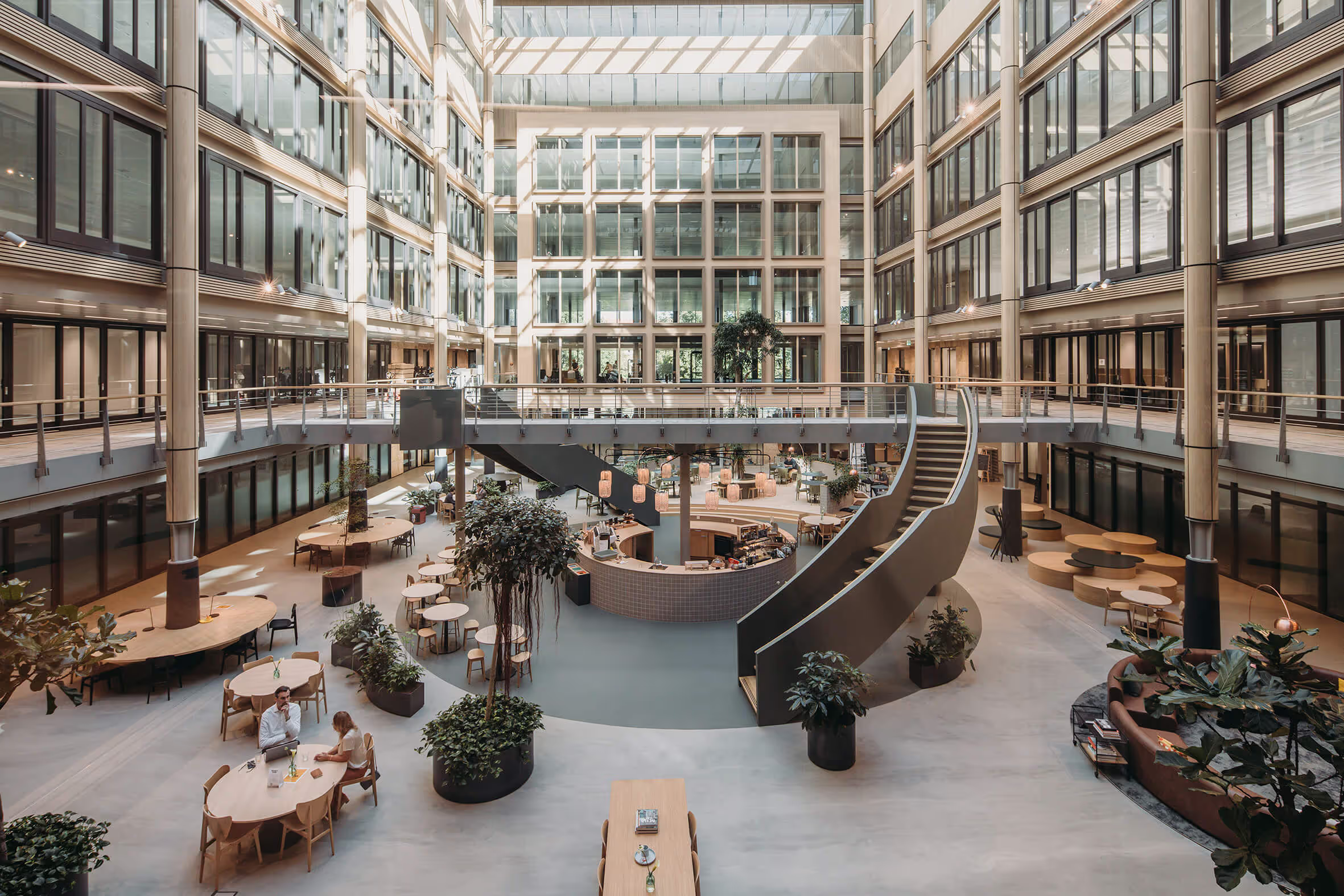The British School of Amsterdam
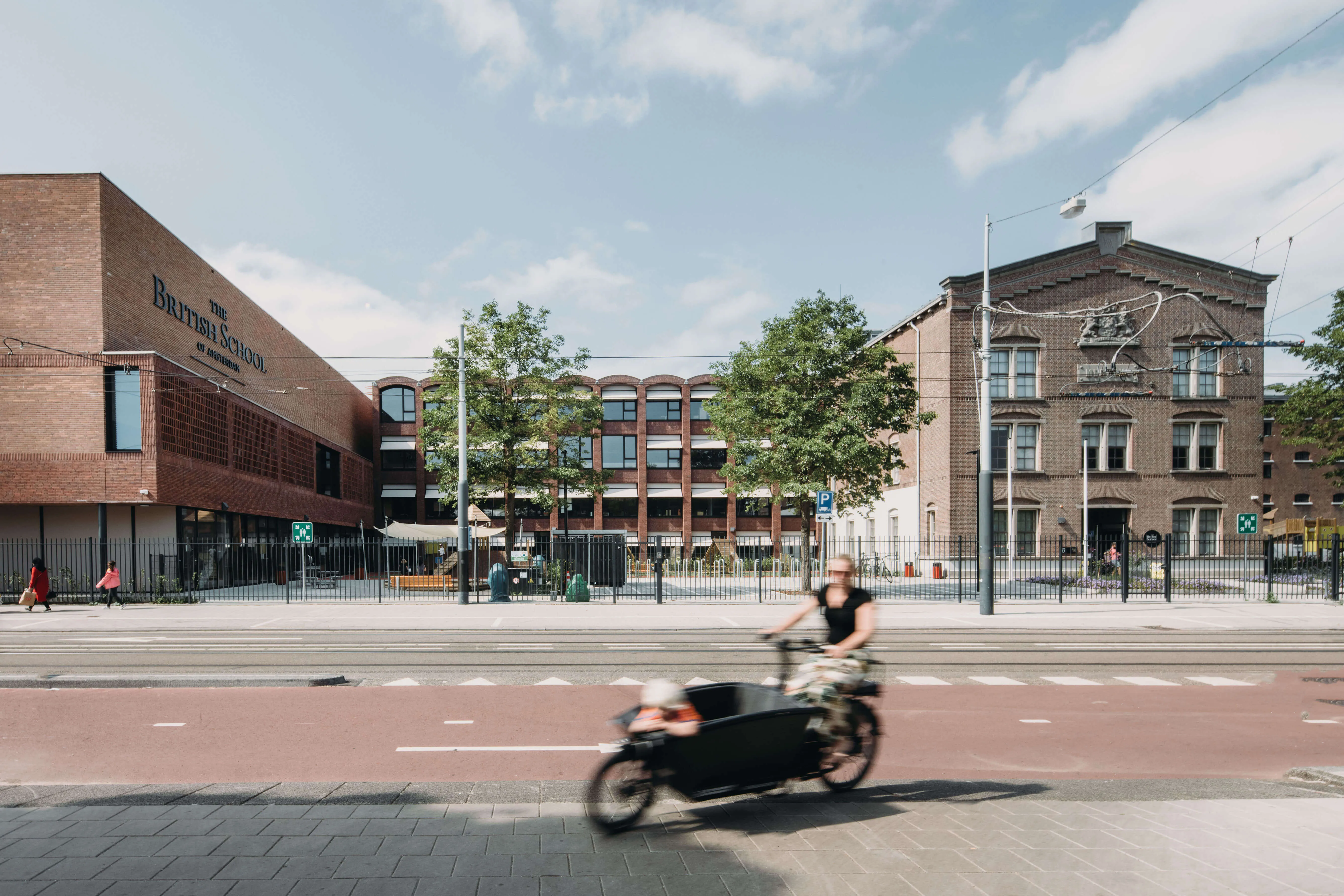
The British School of Amsterdam
The British School of Amsterdam

Transformation of an extraordinary monument into a multi-faceted school building
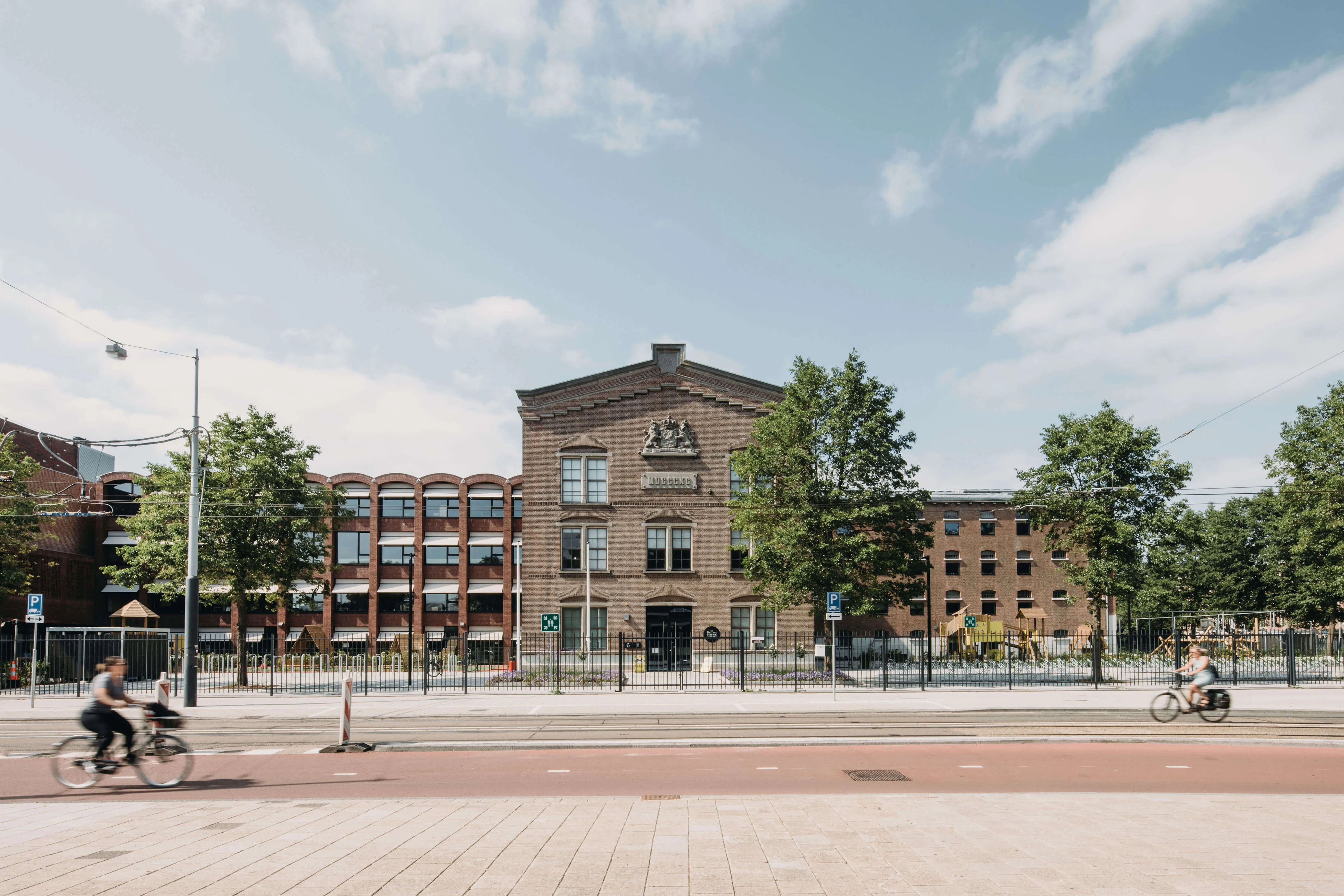
A building with history
Until 2021, The British School of Amsterdam was housed at three different locations in the city. For the future, the BSA wanted one building where the three different schools came together, preferably in a building with character and history. With the purchase of the former penal prison at Havenstraat 6 in Amsterdam, this wish became a reality: this textbook example of prison architecture, created between 1888 and 1891, designed by W.C. Metzelaar, has been used over the years as a House of Detention, as a studio building for artists and as a shooting location for films and series; it was also the last place where resistance fighter Hannie Schaft, the “girl with the “red hair” was imprisoned — a place with history, in other words.

Connection between schools, the neighborhood and the city
A prison is pre-eminently closed. In our vision, we wanted the building to wake up as a city block: where the old prison wall once stood, a schoolyard with trees has now been created, a characterful space for leafy stays, sports and games. In addition, the building was cleared of later extensions and restored as a monolith. For example, we returned the Havenstraat block to the city.



New life for the monument
The program did not fully fit into the existing building, so new buildings were needed. The former prison was designed as a panopticon, with four wings around a central space. Three wings consisted of cell blocks; the fourth, shorter wing housed, among other things, the chapel. This made it obvious to give each school one wing, consisting of a part of an old building that has been supplemented with new buildings. The shorter wing acts as an entrance for all students; it leads to the central room, which opens to the four wings with two-layered windows and forms a “crossroads” in school life.
Respectful new construction
To make the existing building suitable for education, the cells were converted to larger spaces and provided with additional windows; additional floors and stairs were added in the voids of the cell wings. By removing the 20th century extensions, the monument is visible again; historical details - including Hannie Schaft's cell - have been restored to their former glory as much as possible. The new building is made of brick that matches the existing architecture. This creates an exciting interaction between old and new, exploiting the intrinsic qualities of the historic prison building - but with a new atmosphere.



Fresh school in old 'jails'
The teaching spaces come into their own within the size and structure of the monument and enhance the possibilities of the new building. These are new spaces for the educational landscape, with a smart structure to be as sustainable and forward-looking as possible. They are zoned in such a way that there is a natural transition between social and dynamic spaces and a quiet teaching space full of concentration and depth. In addition, the entire climate and ventilation system has been renewed and carefully incorporated into the monument to provide a fresh learning environment.
Different identities combine to create one identity
The identity of the building is rooted in the character of the school as a whole, but also in the 'individual' character of the different schools, with their different groups of students and ages. Each age group has its own place, which supports the social structures in terms of size and atmosphere, and thus fully highlights the homely and secure atmosphere of the British School. One British School was developed; at the same time, each school got its own look within the whole.
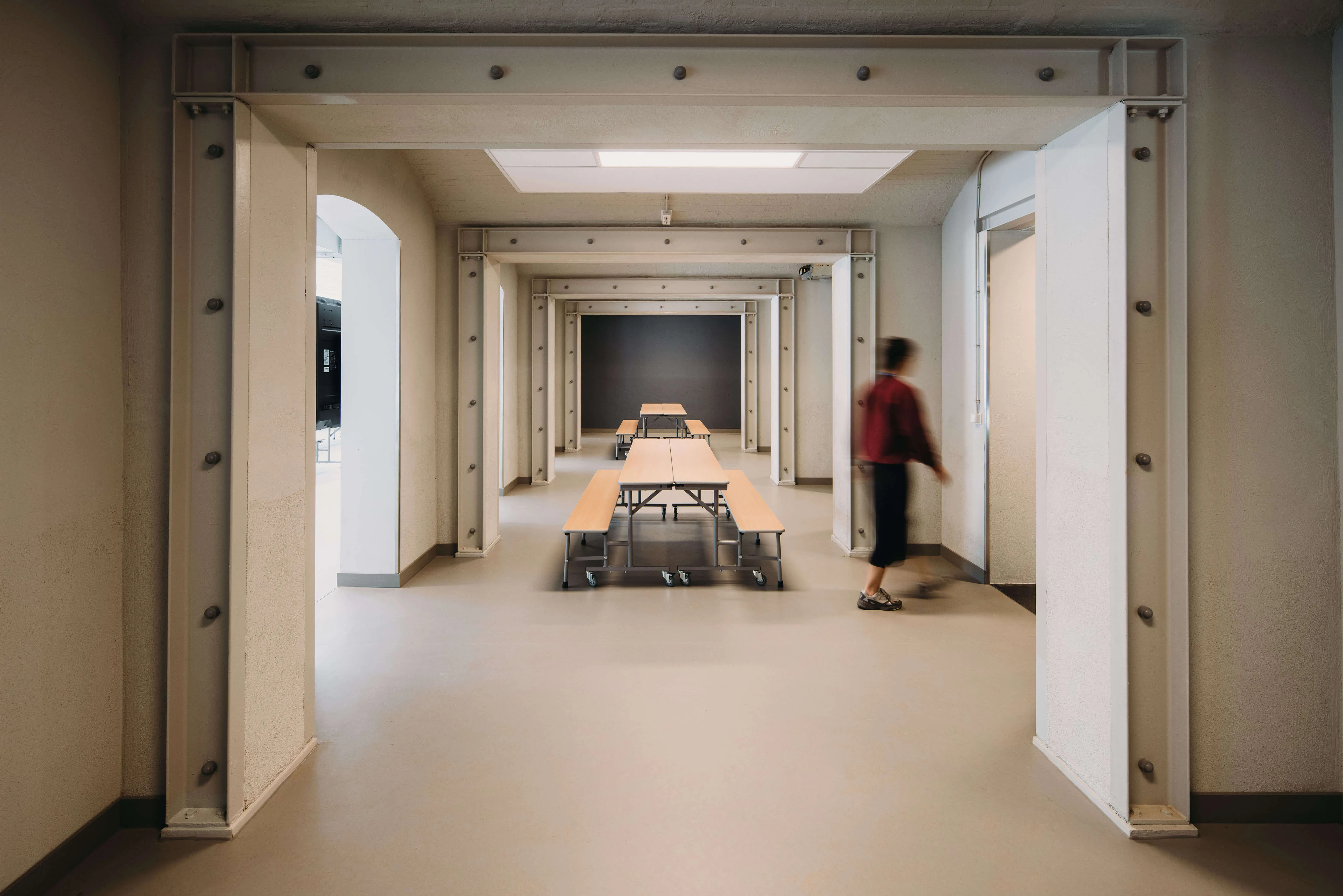


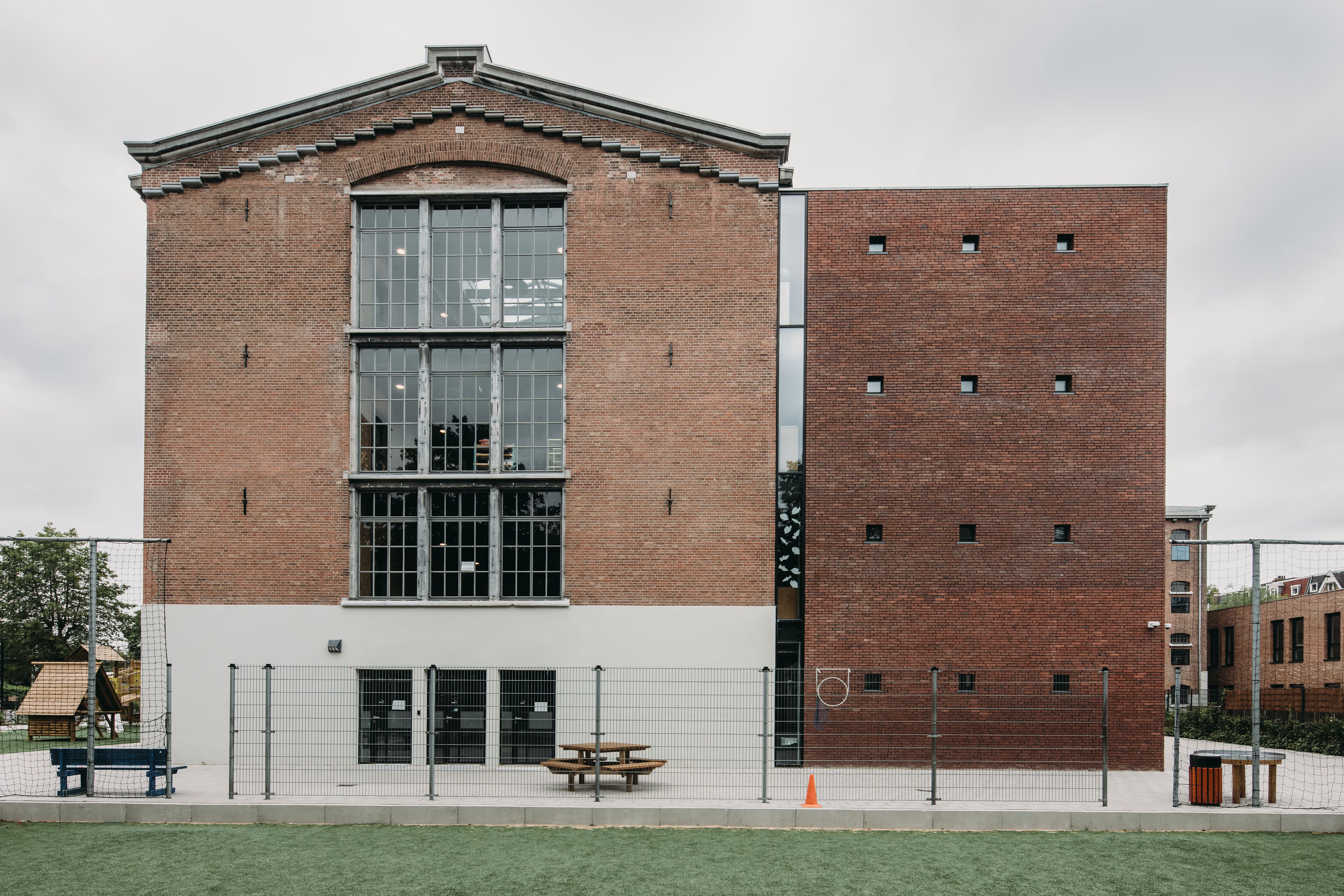
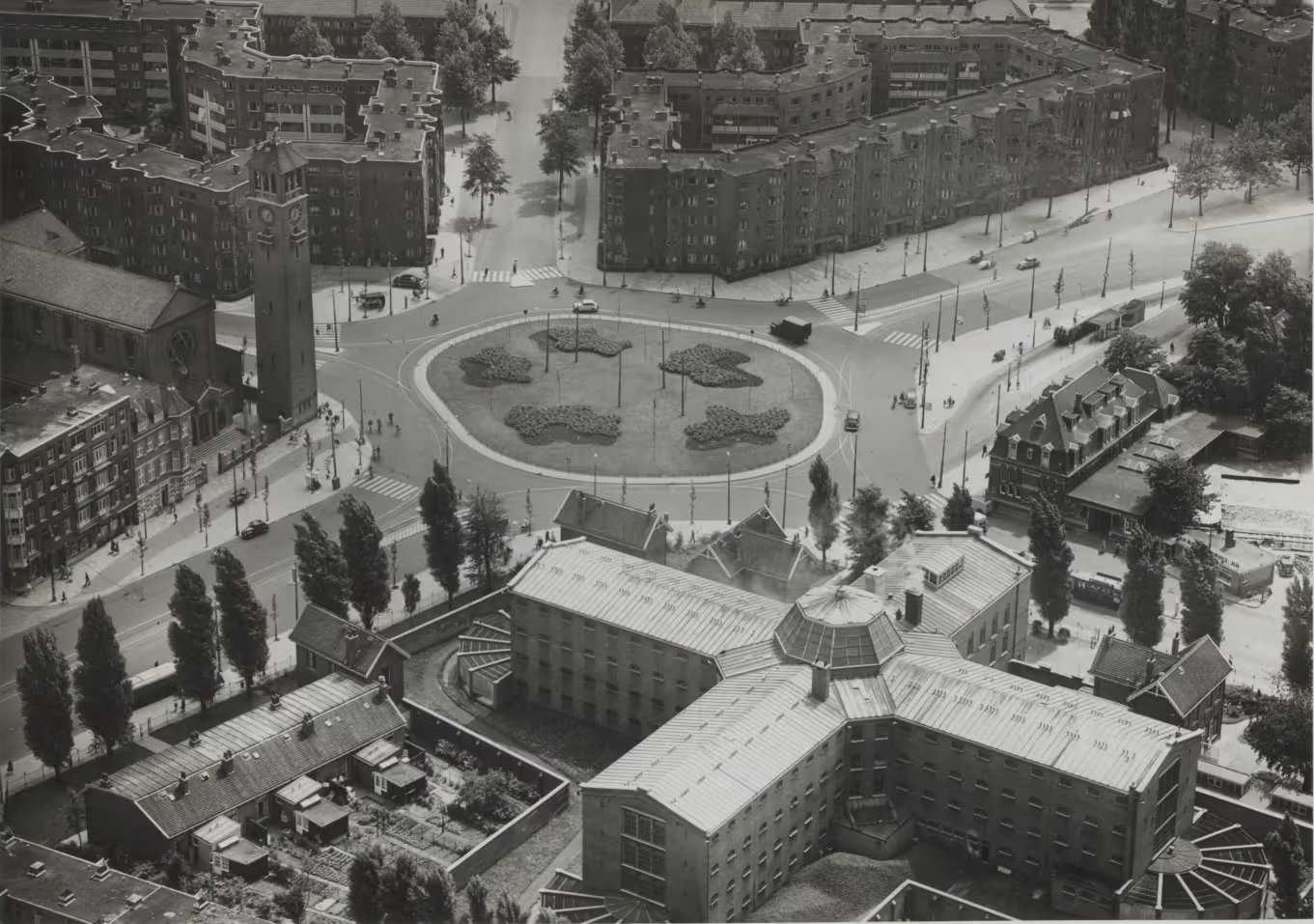
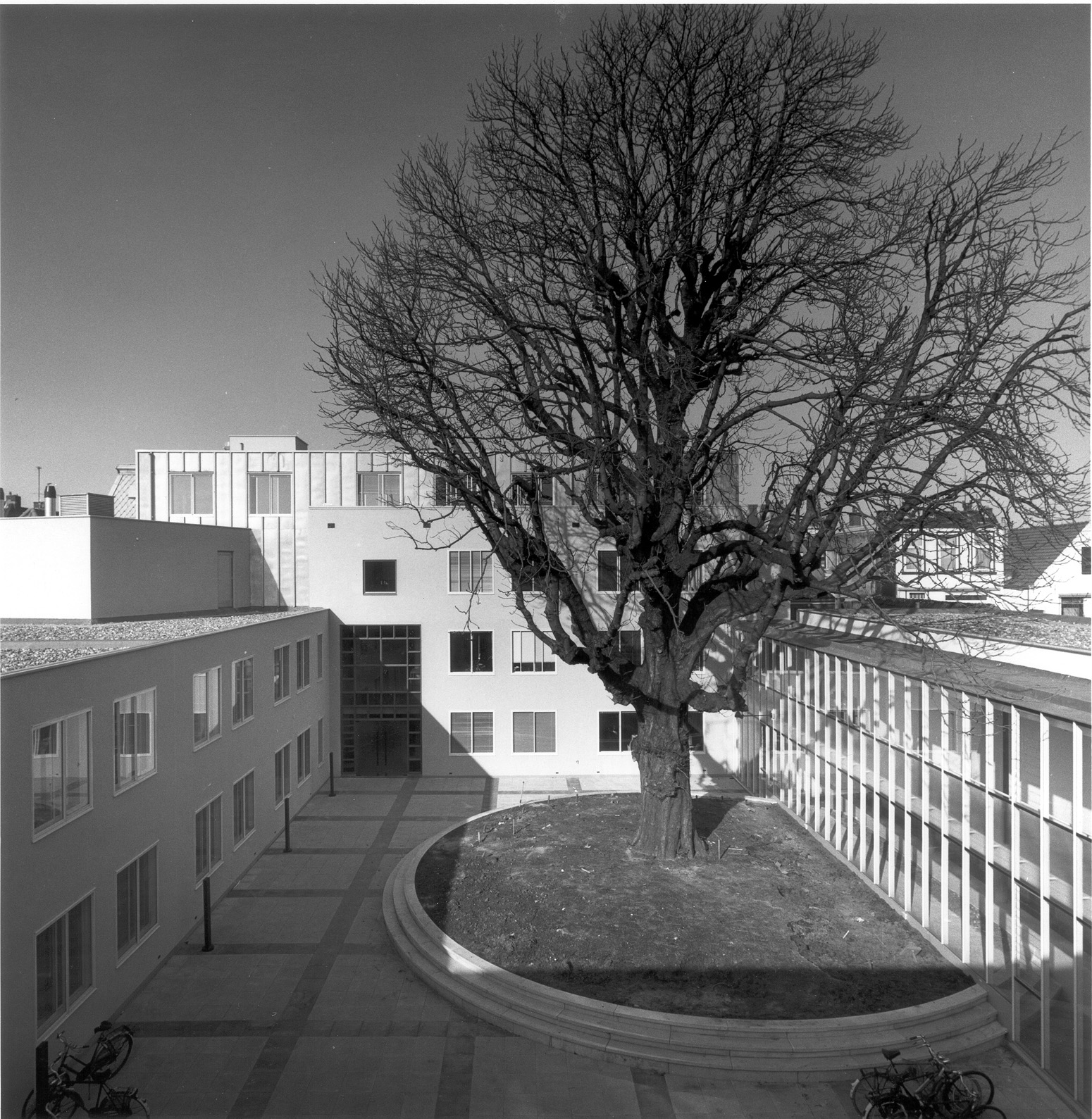

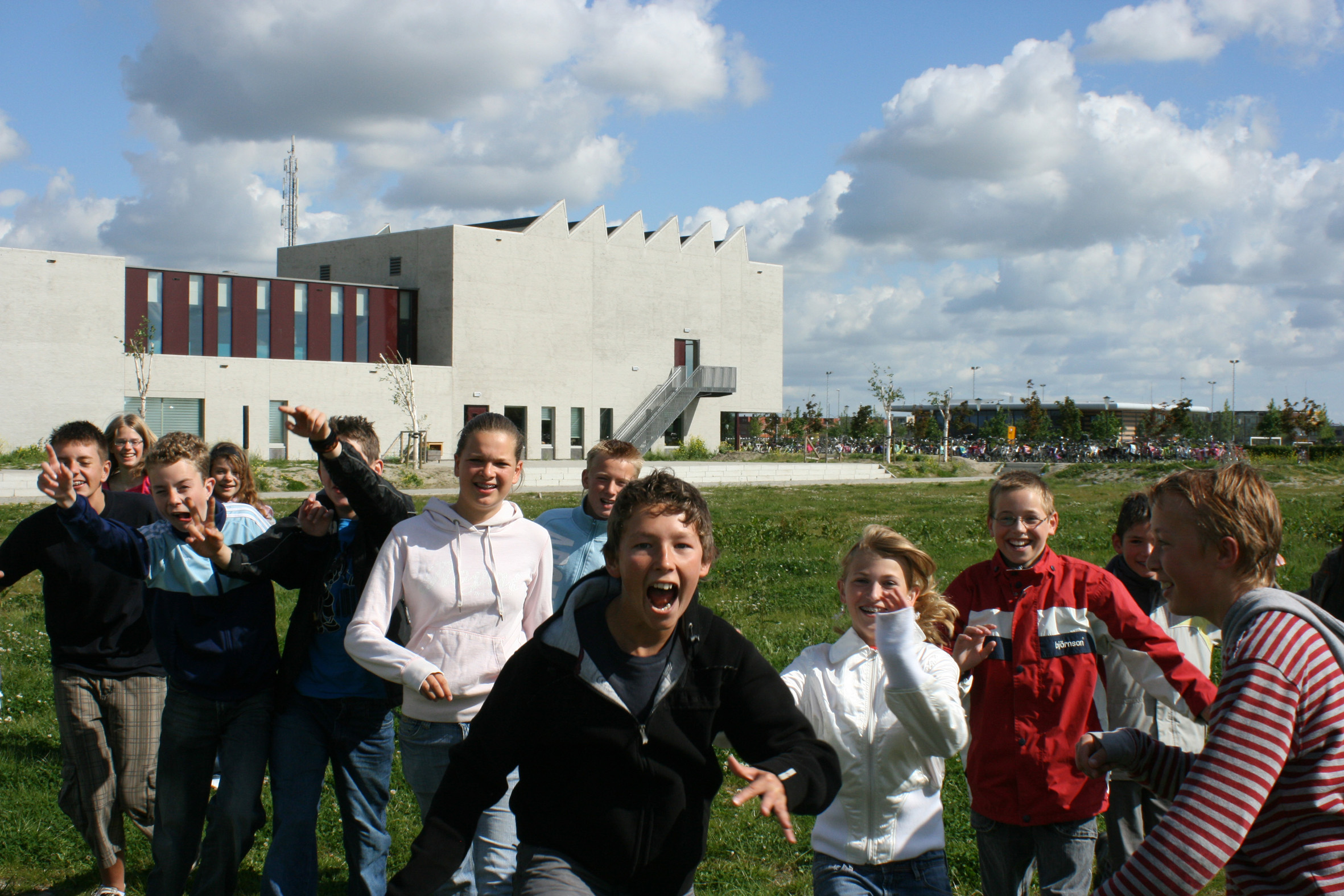

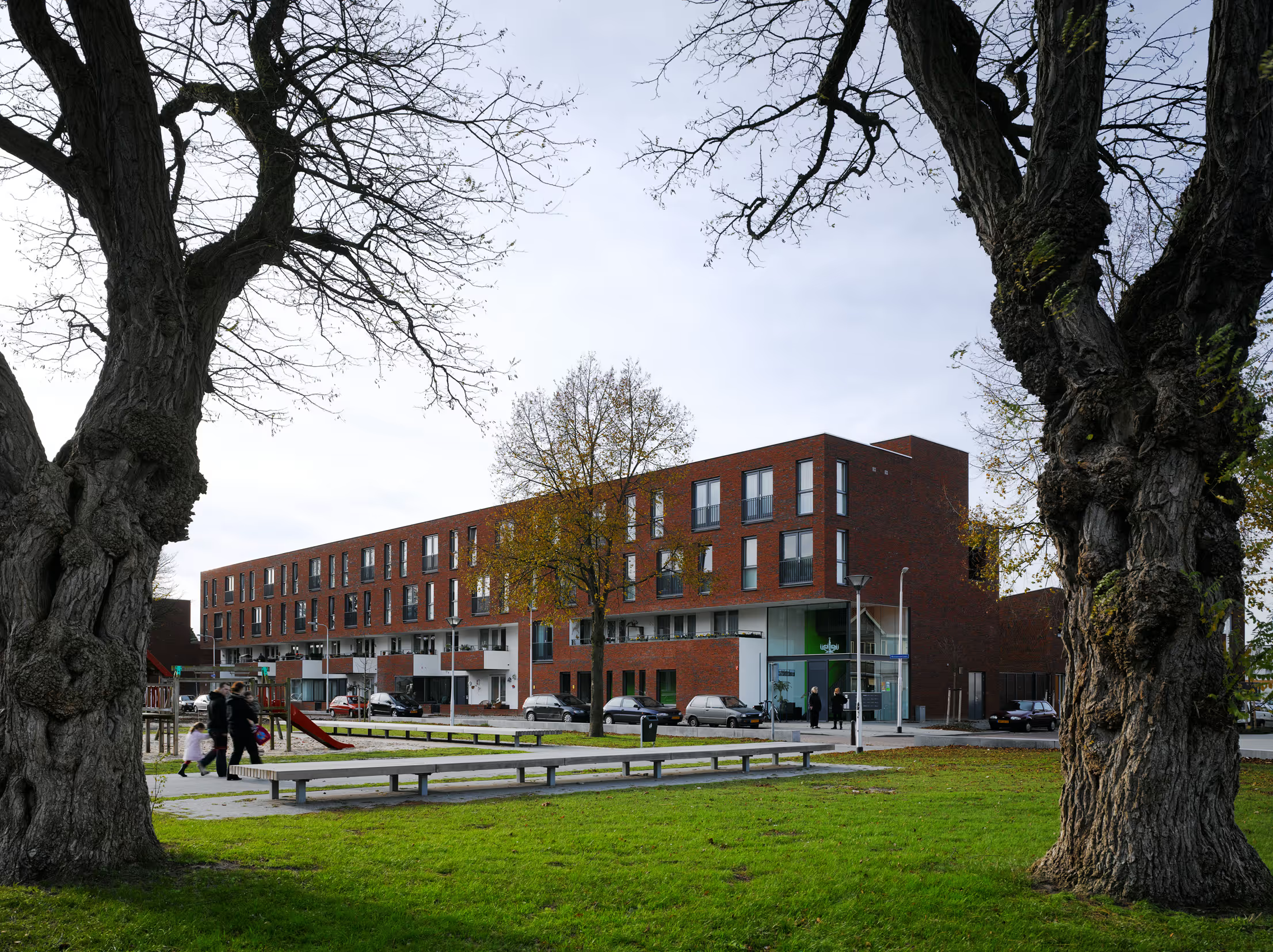
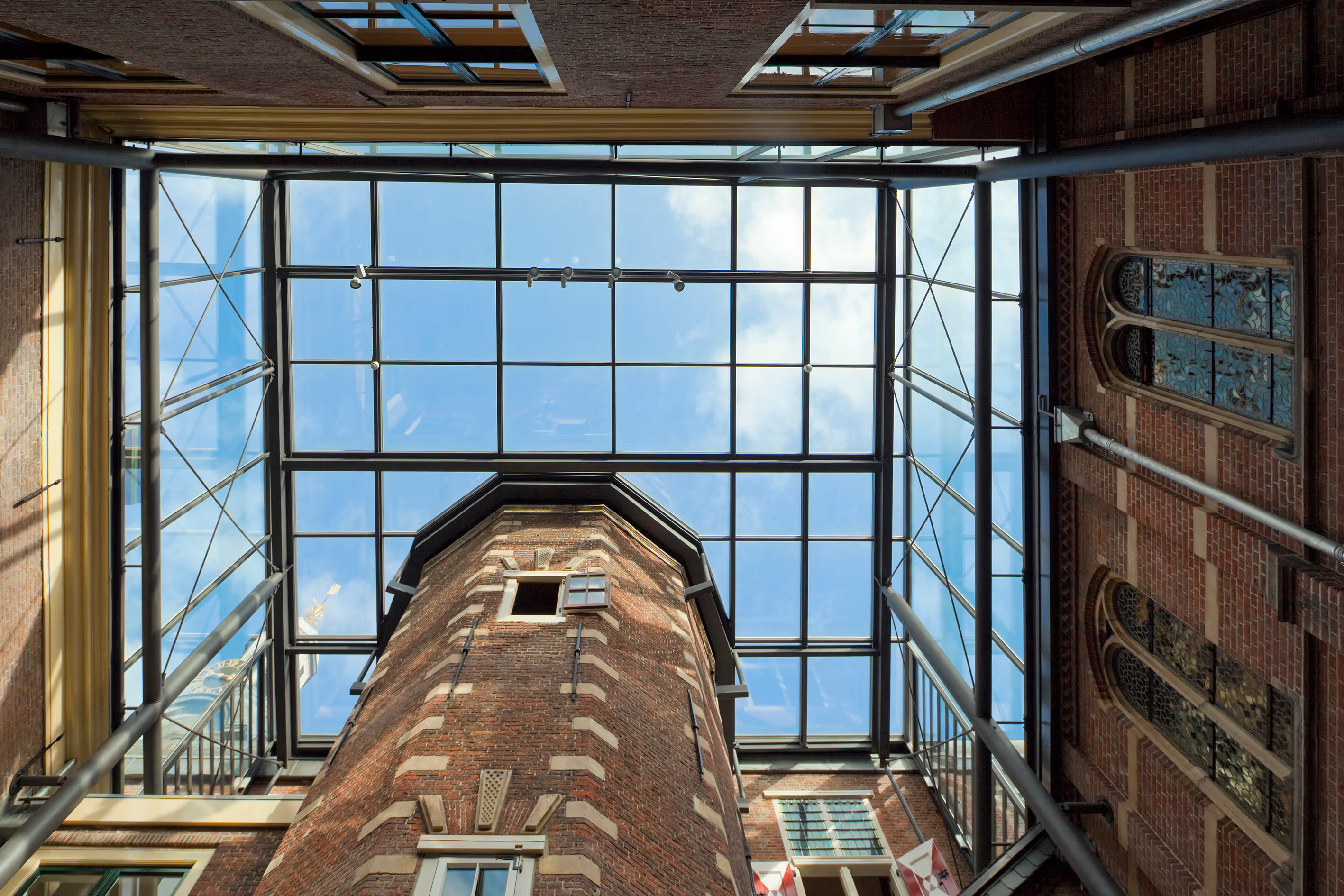

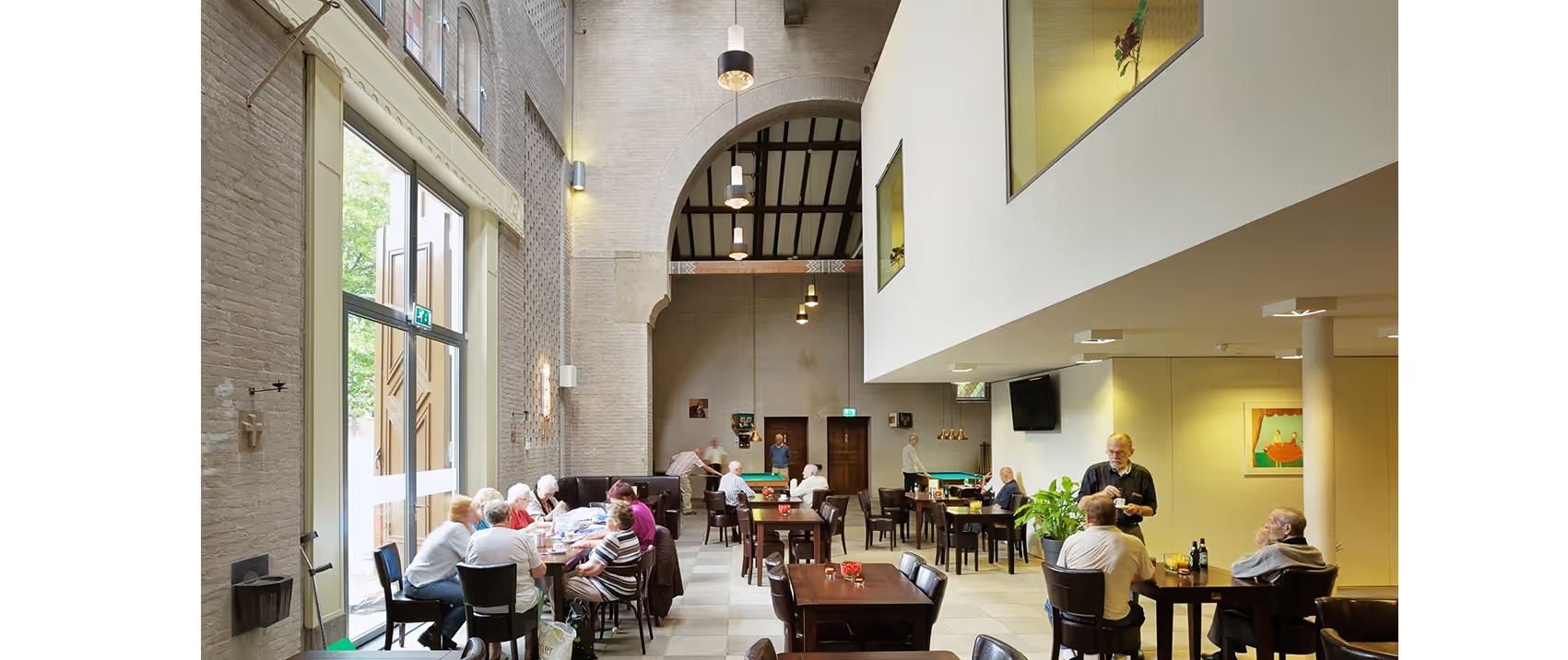

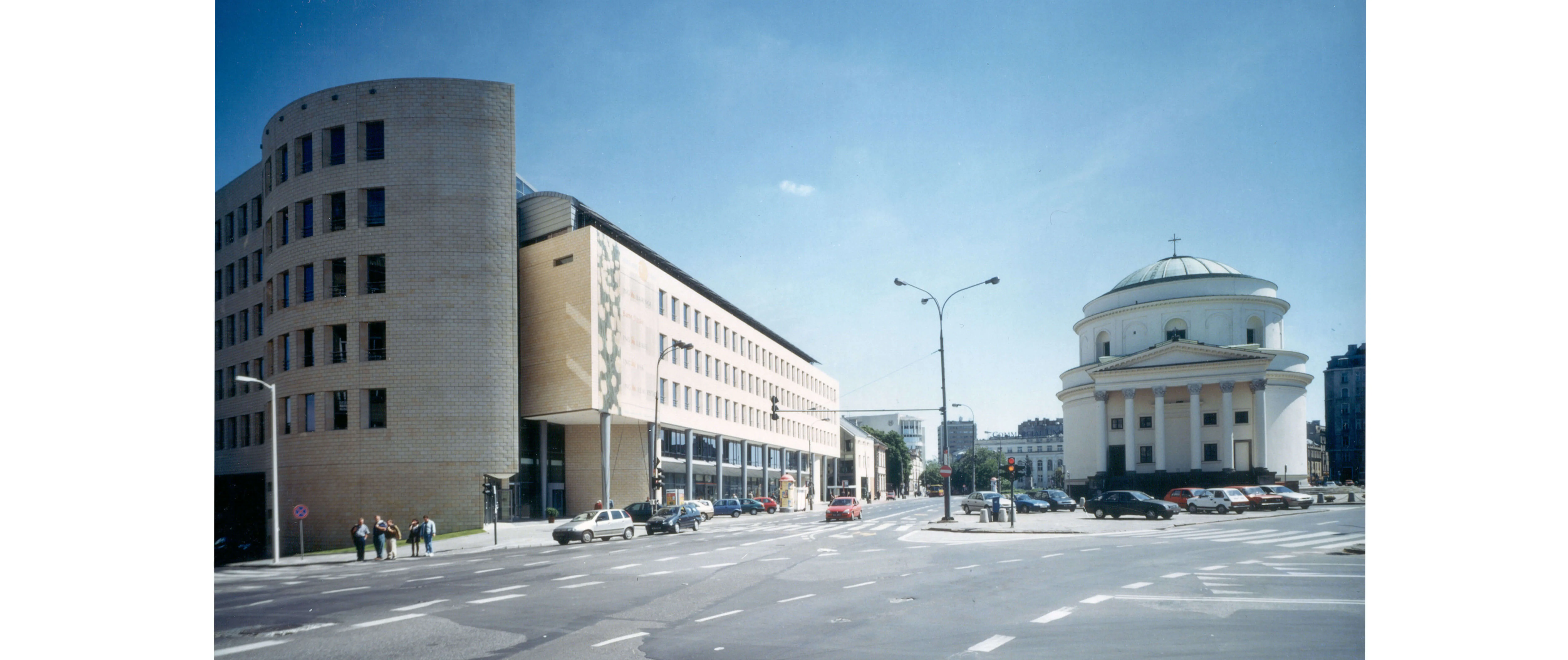

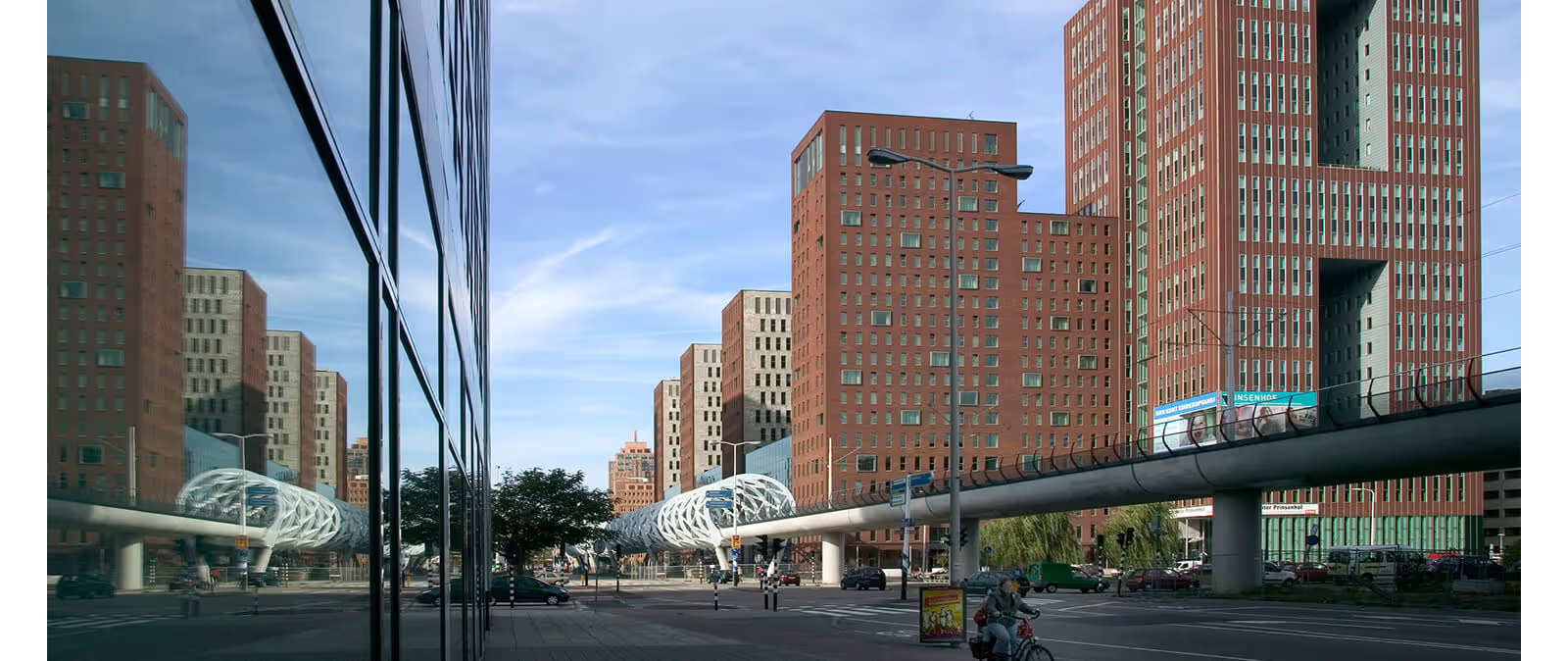
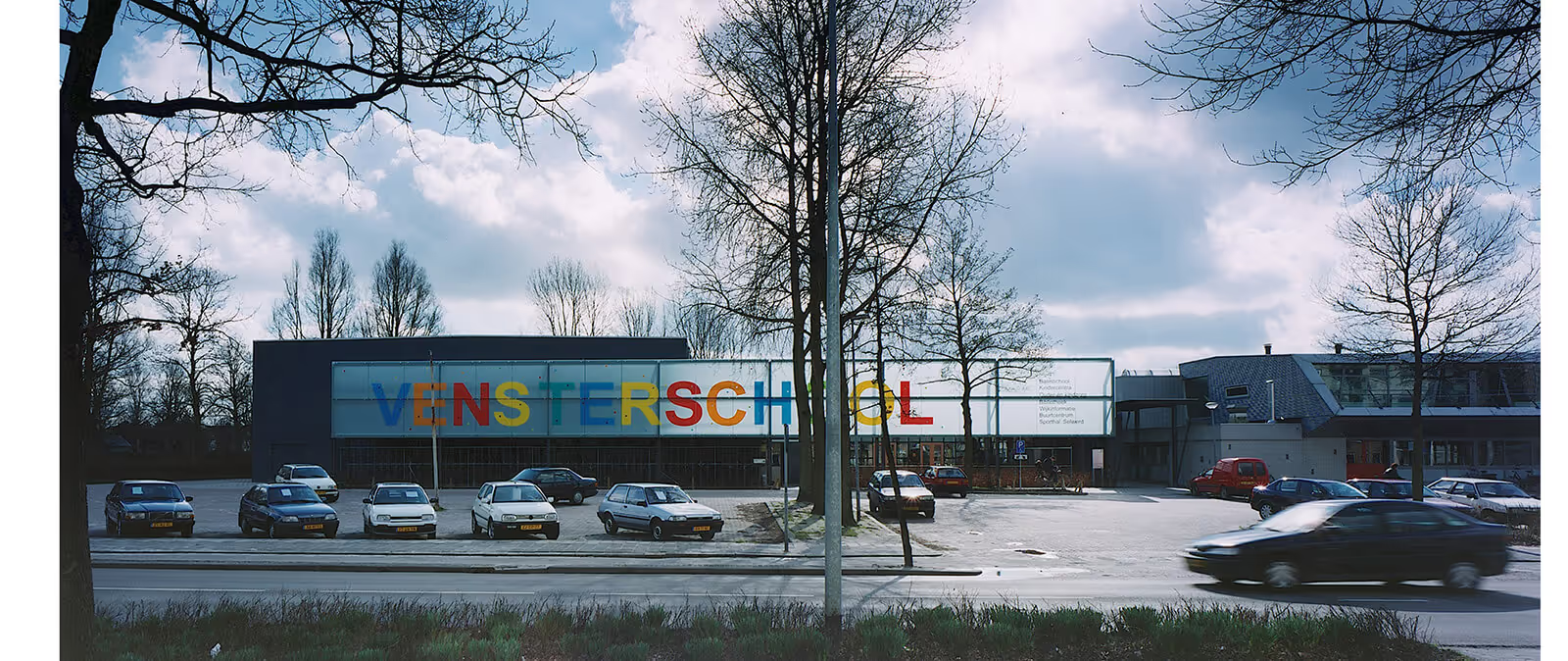

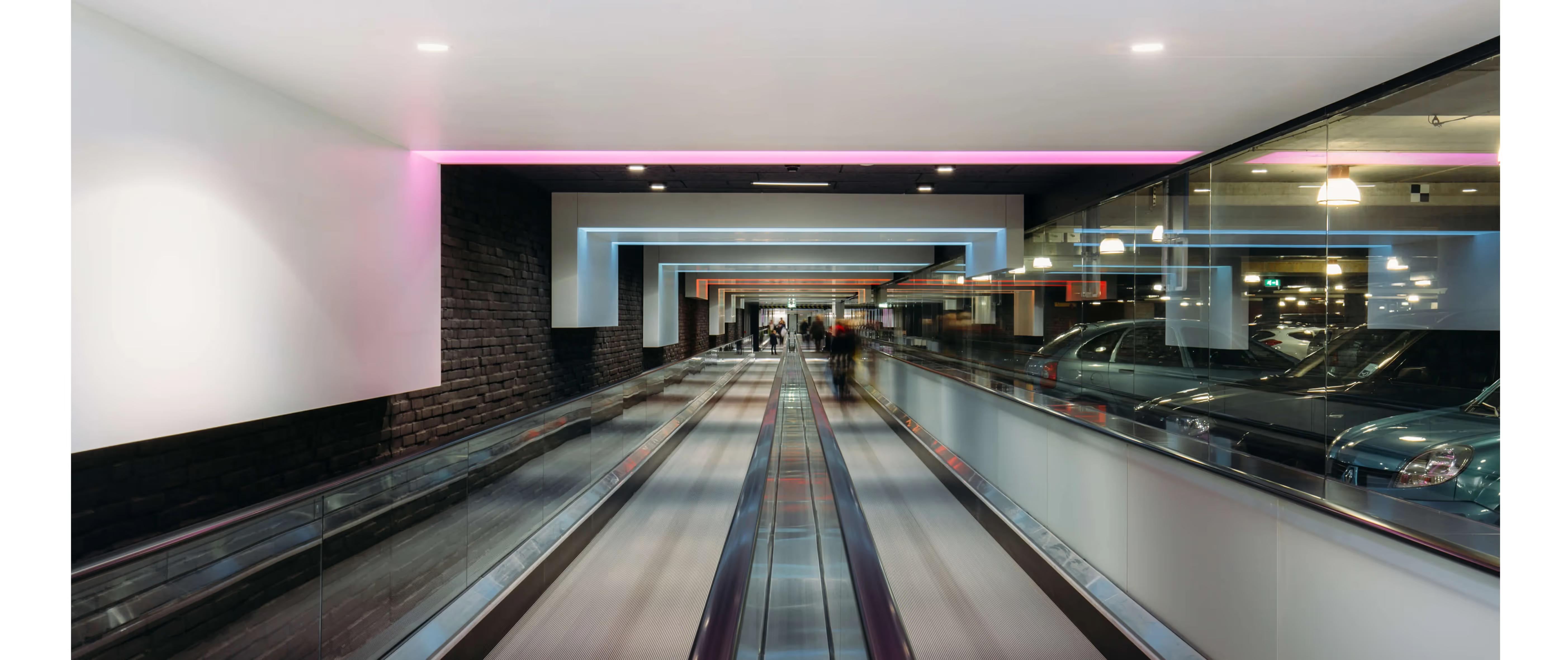

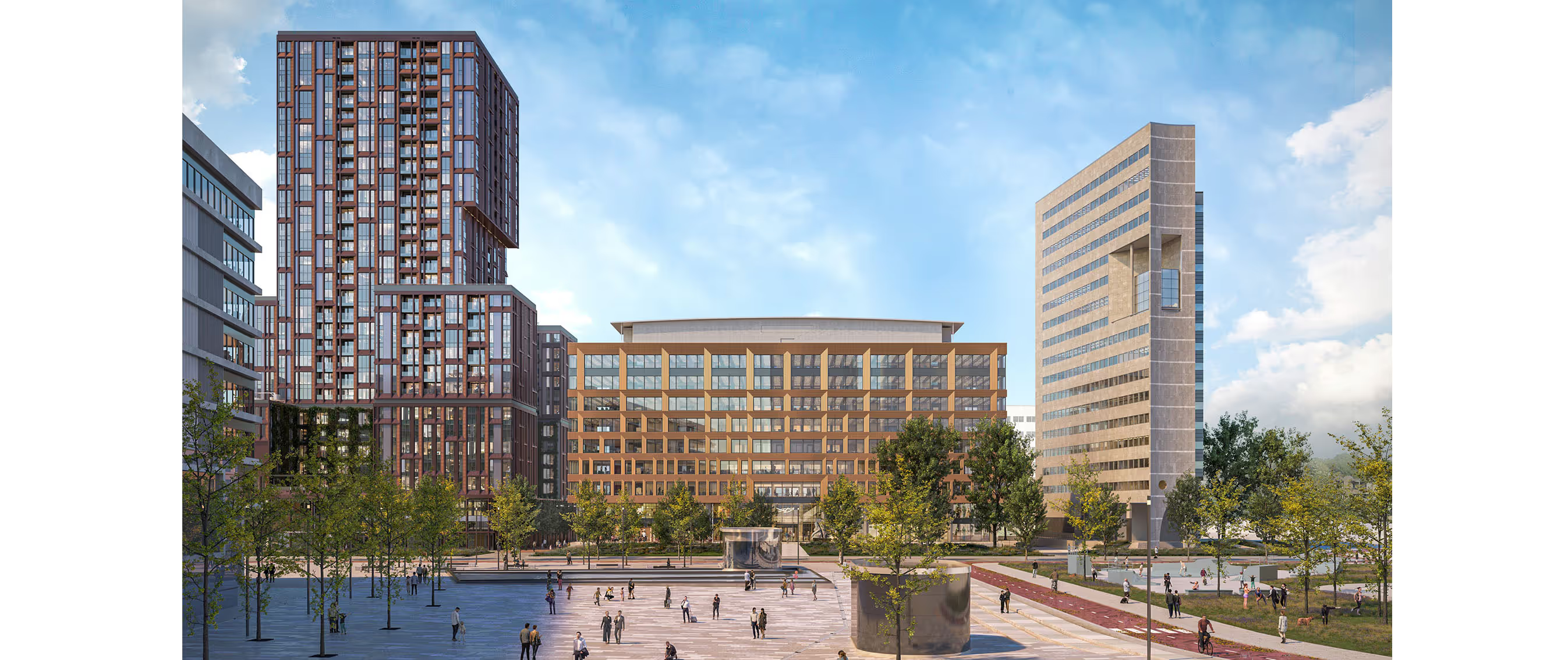

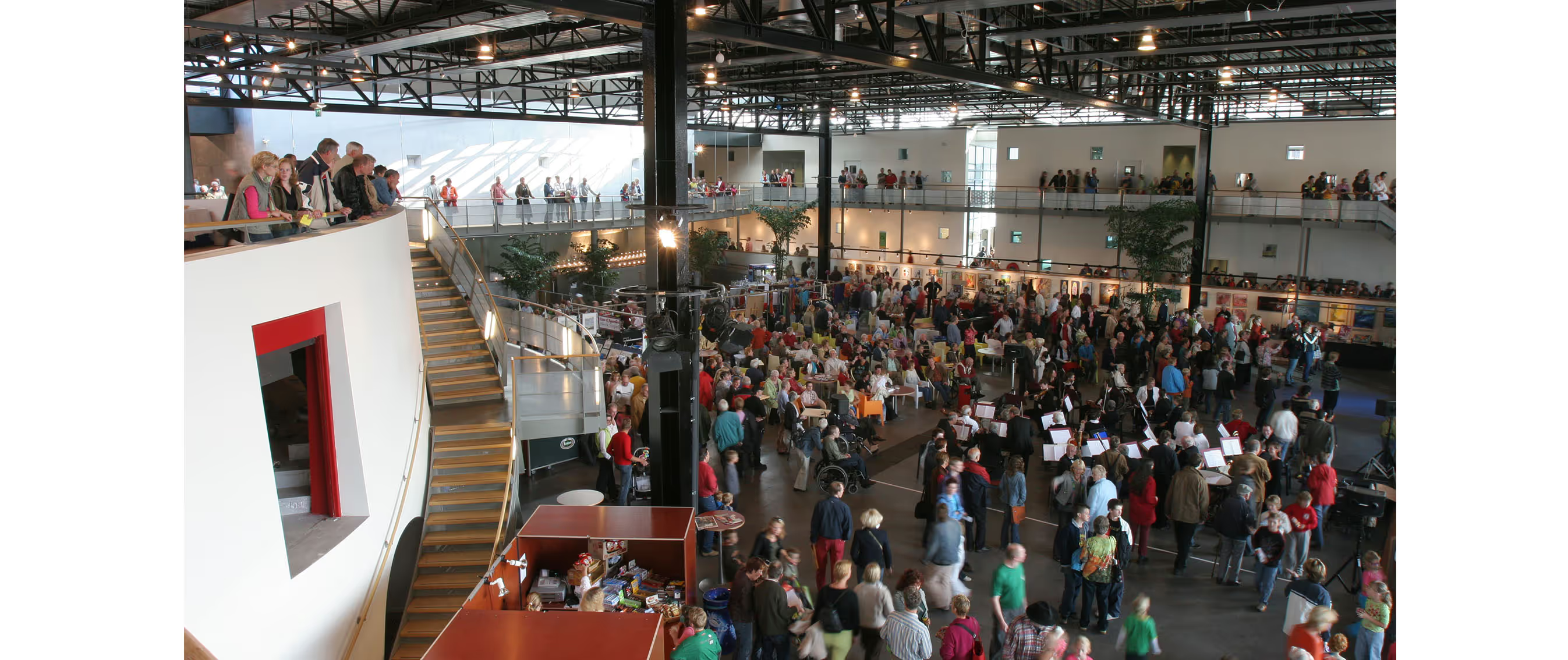
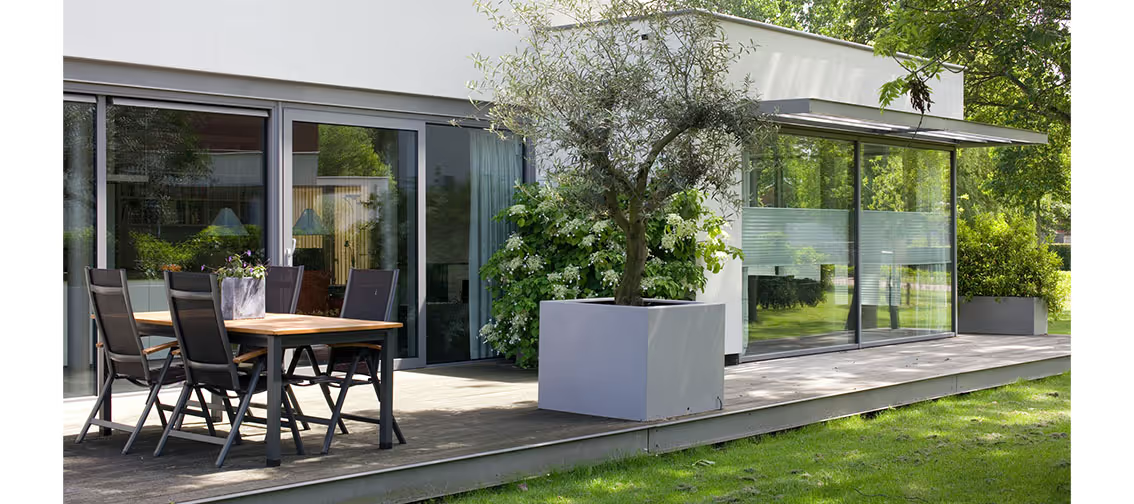
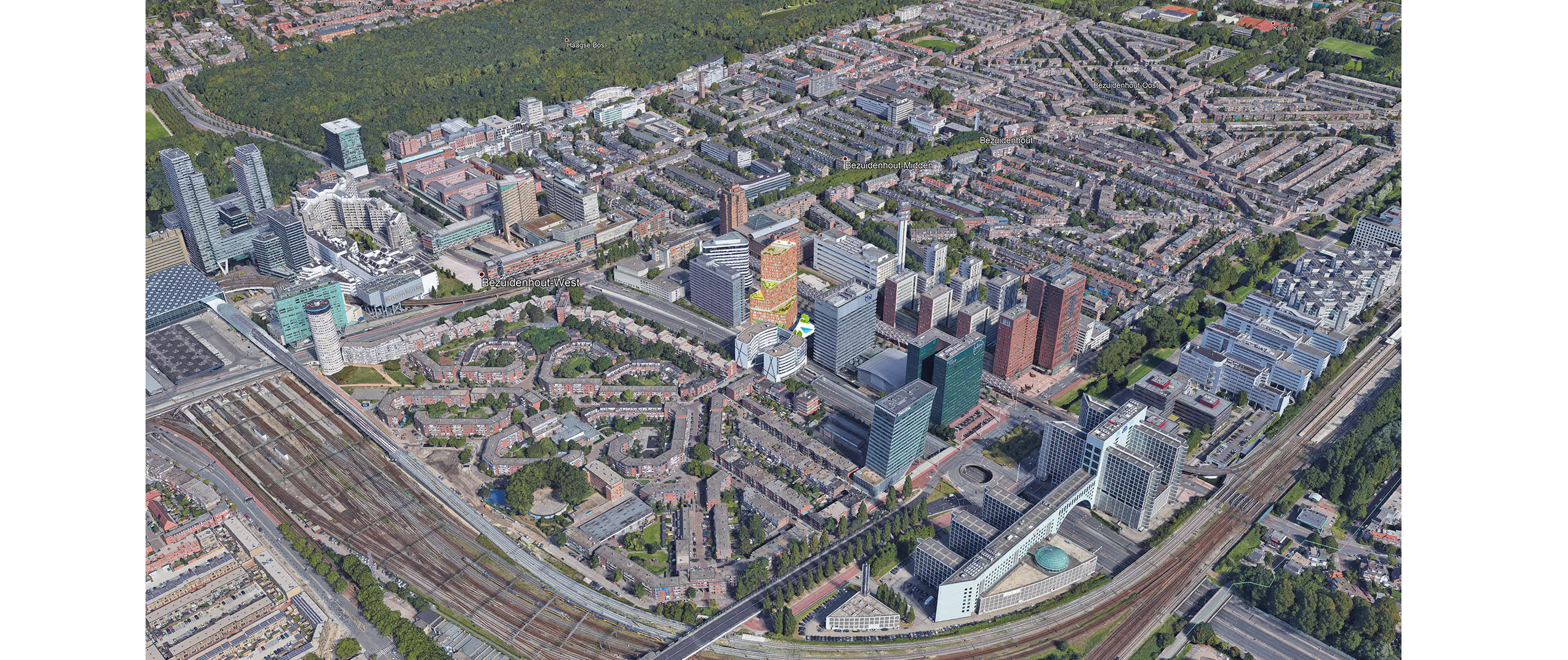


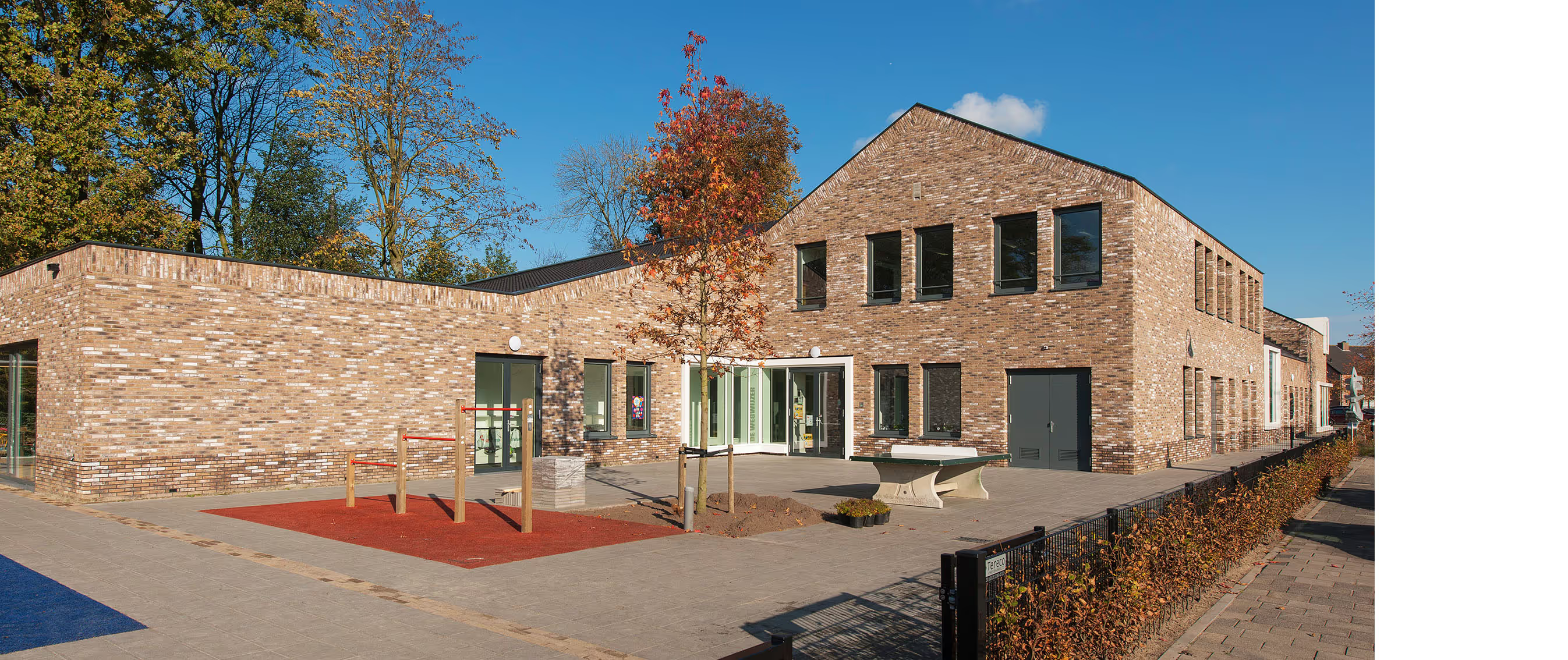

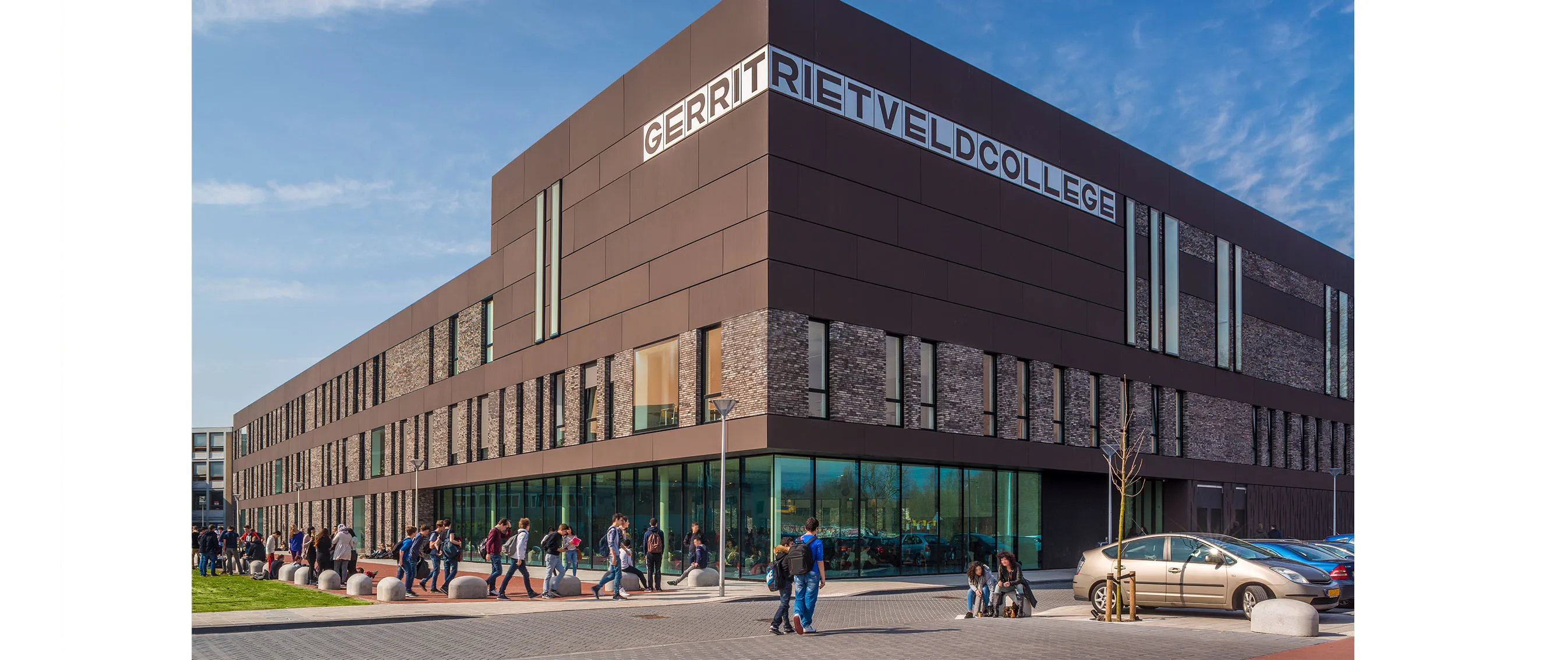

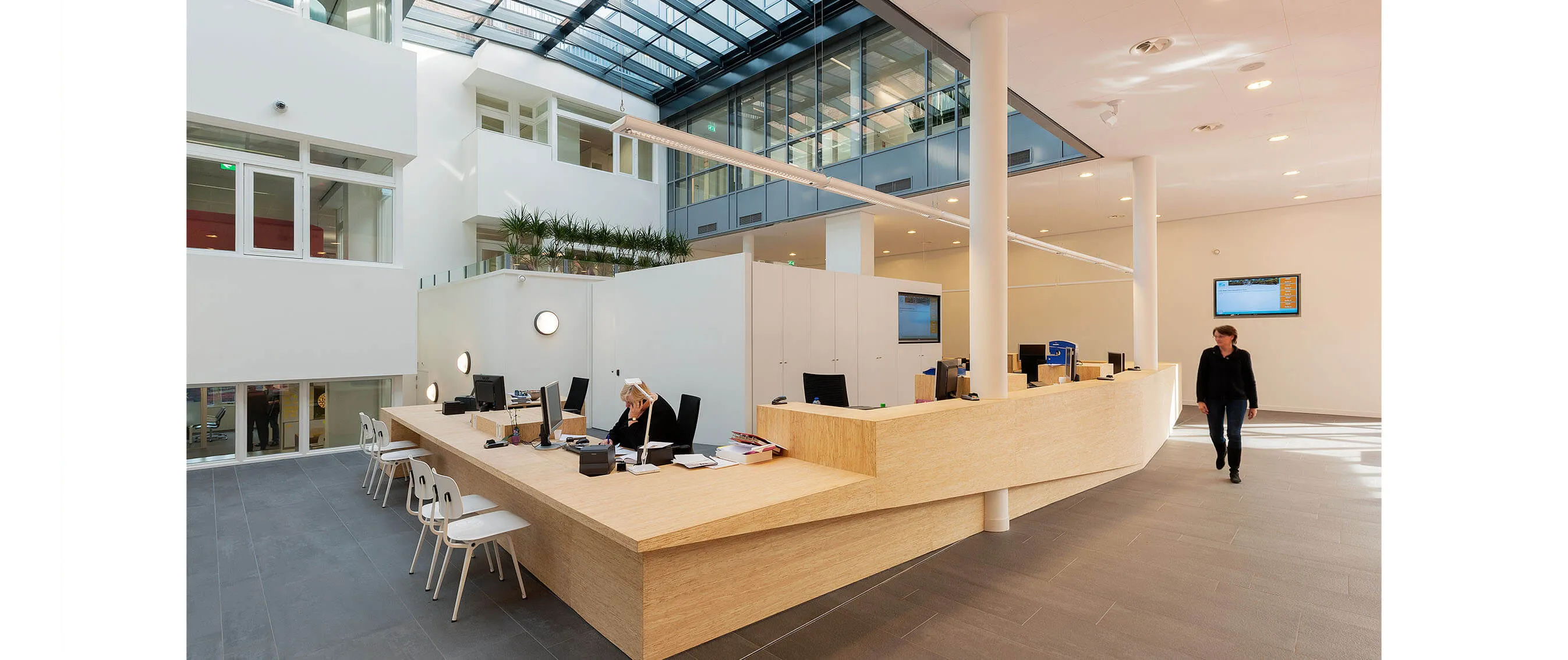
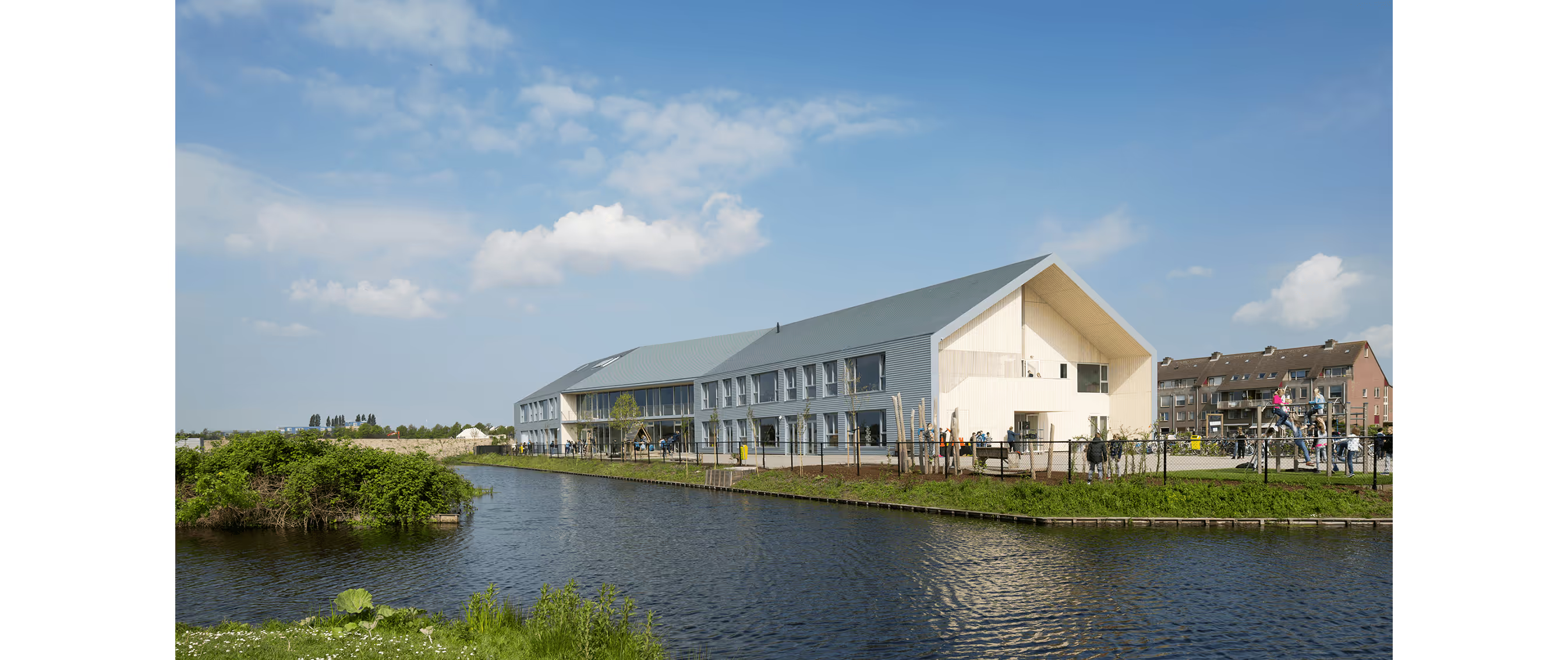

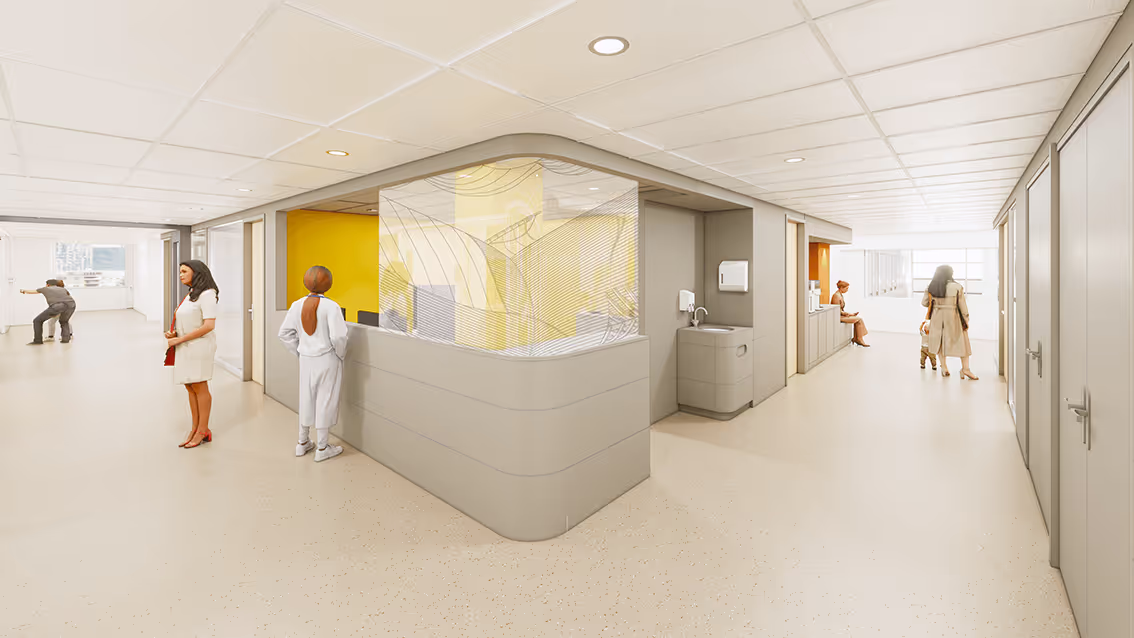
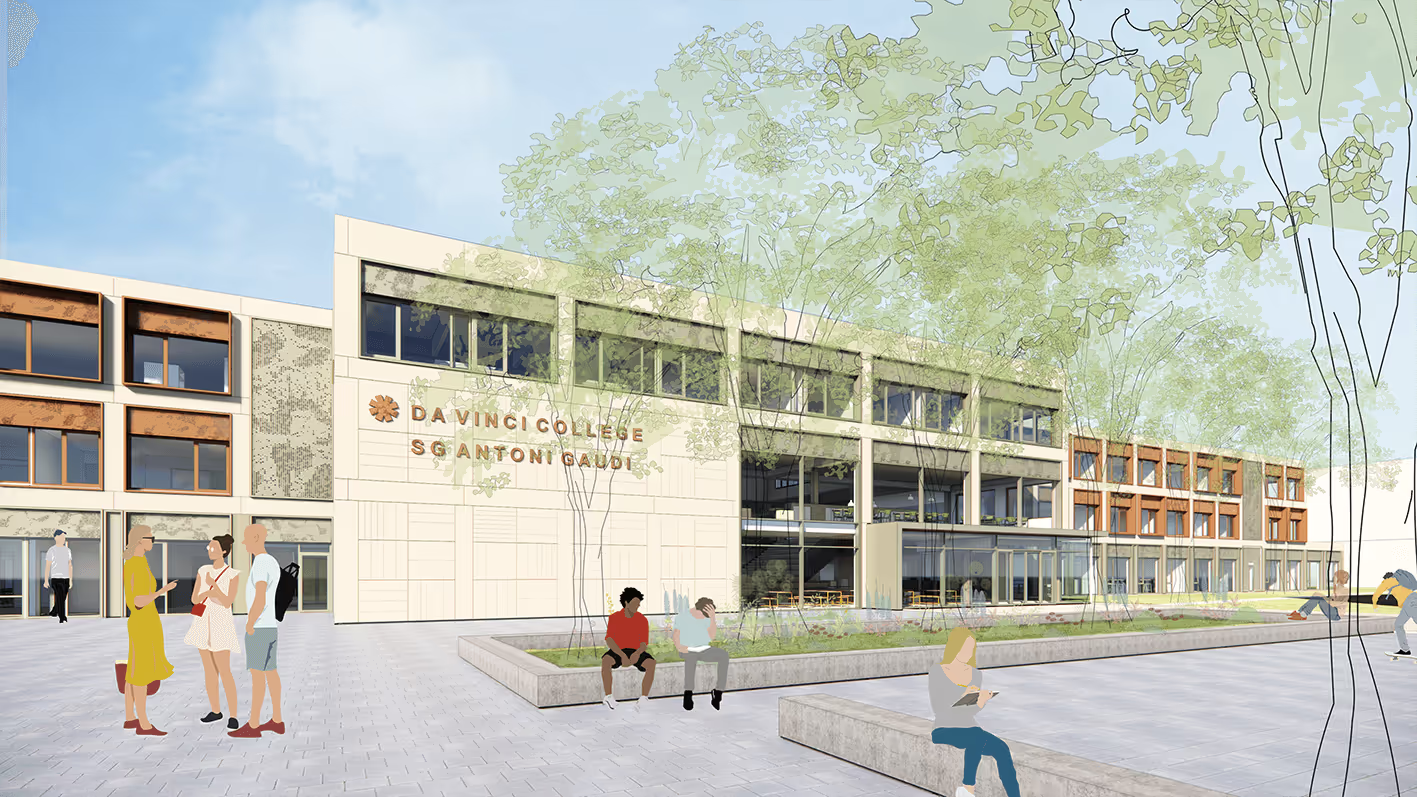
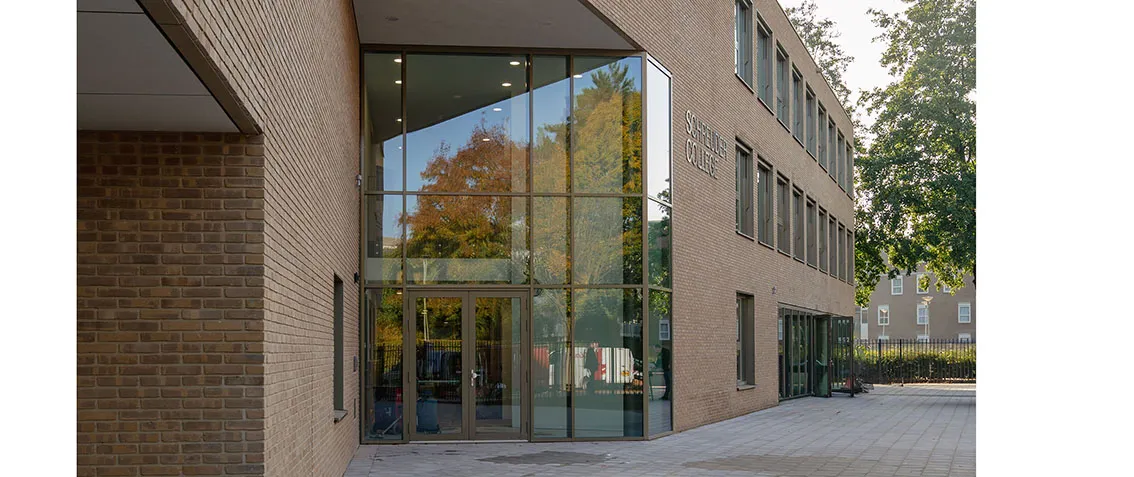
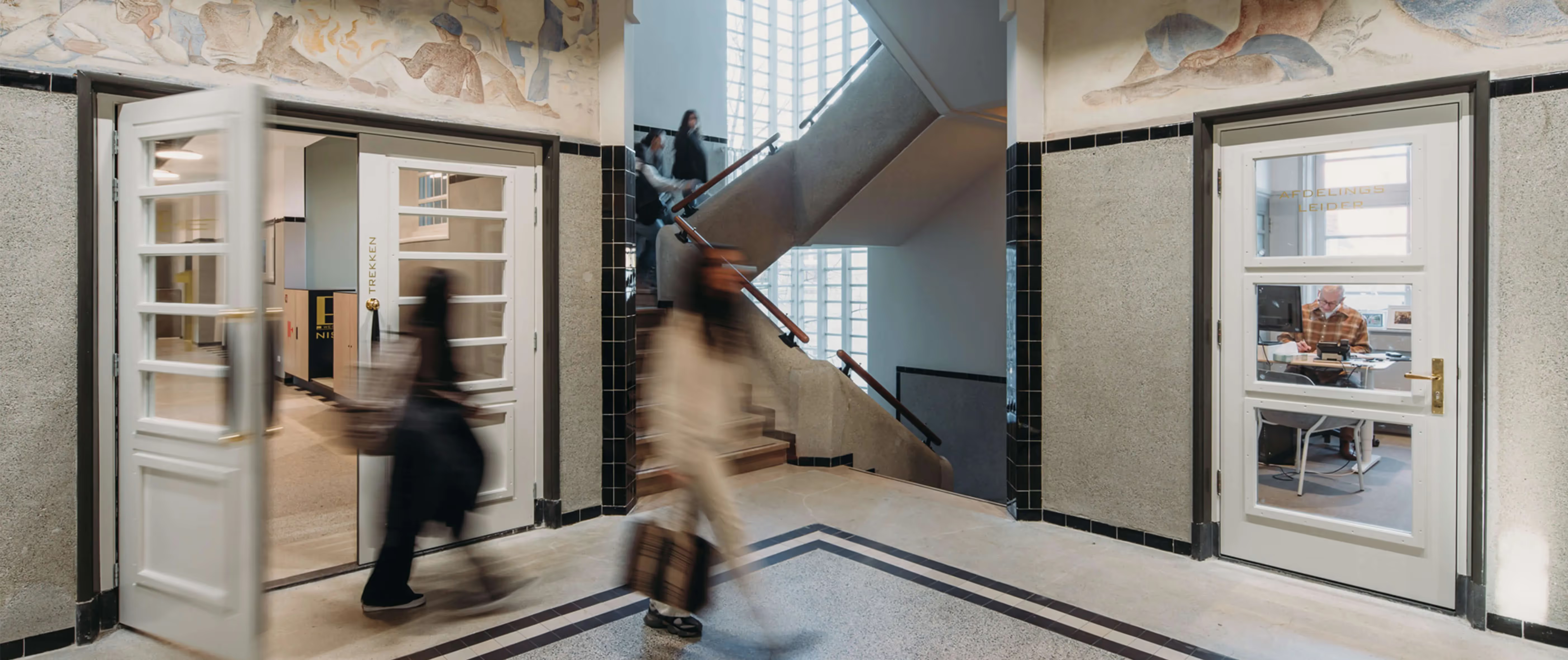
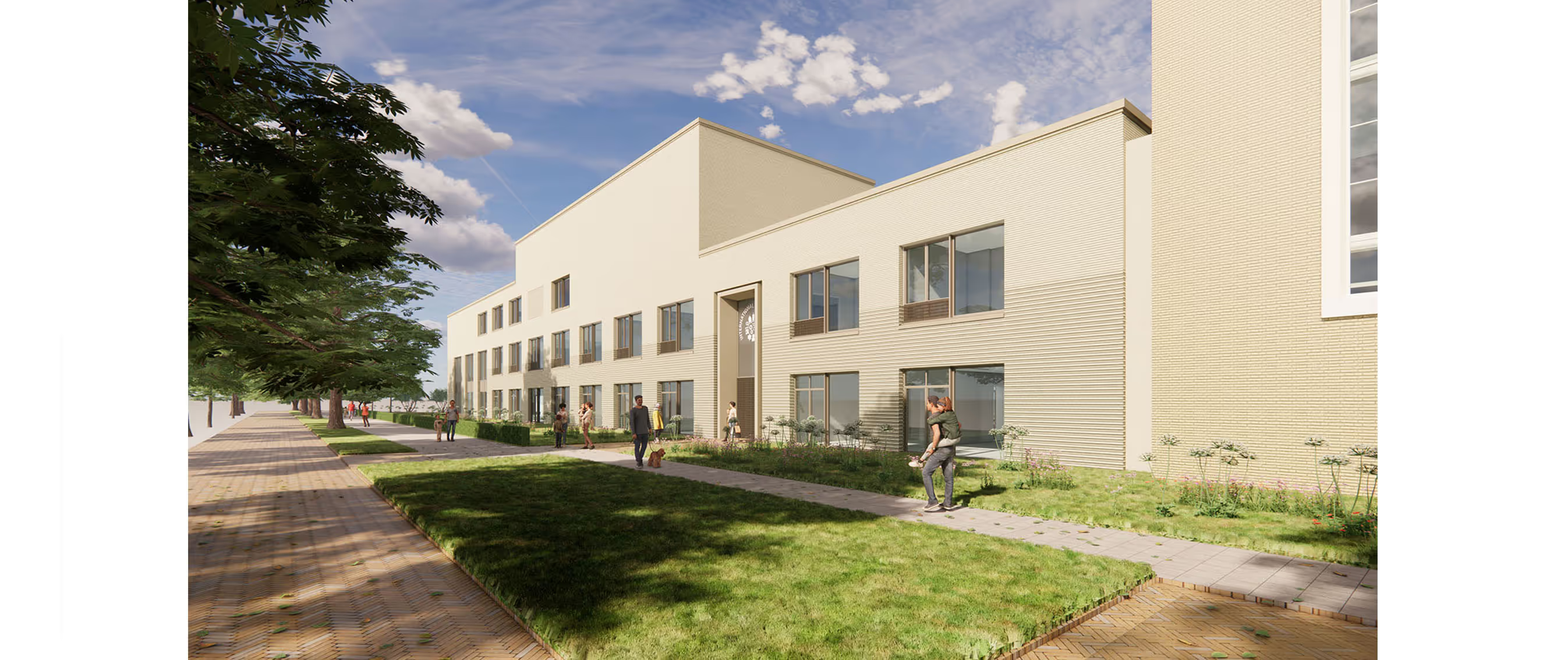

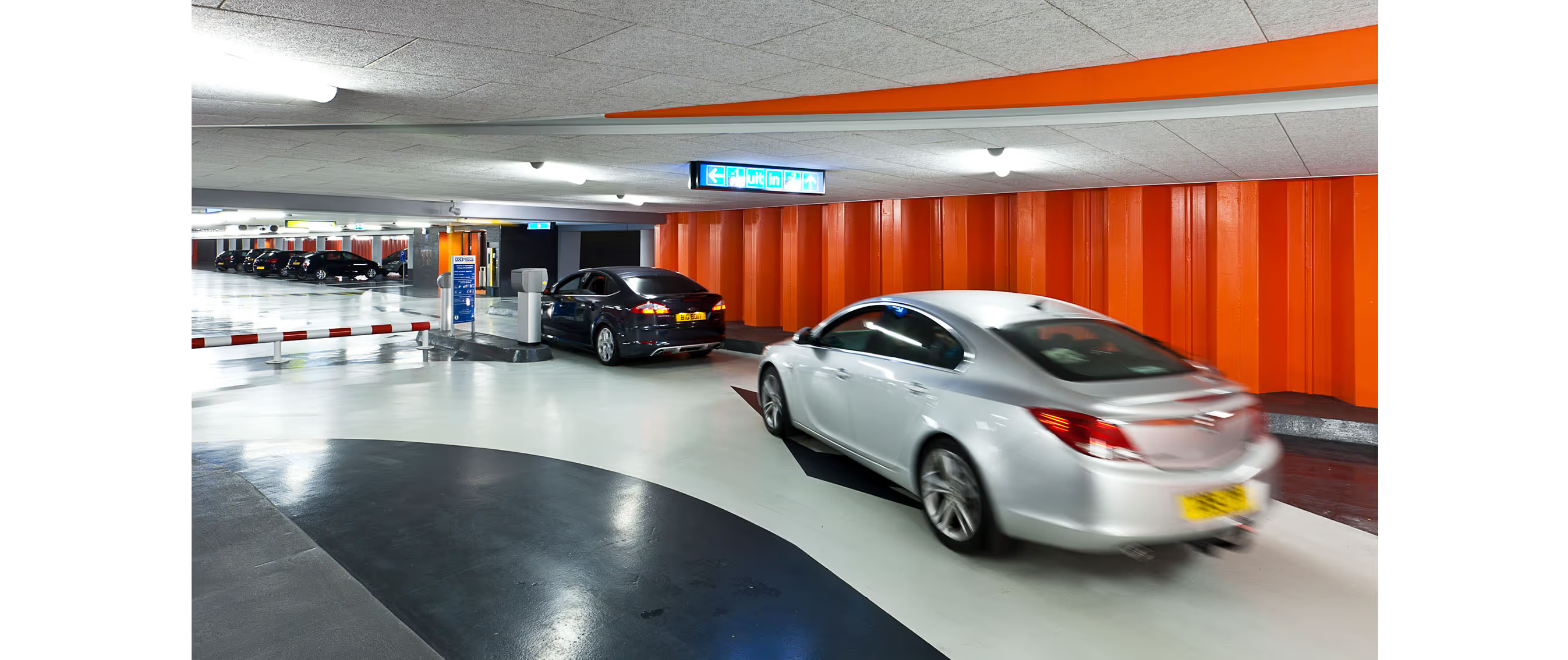
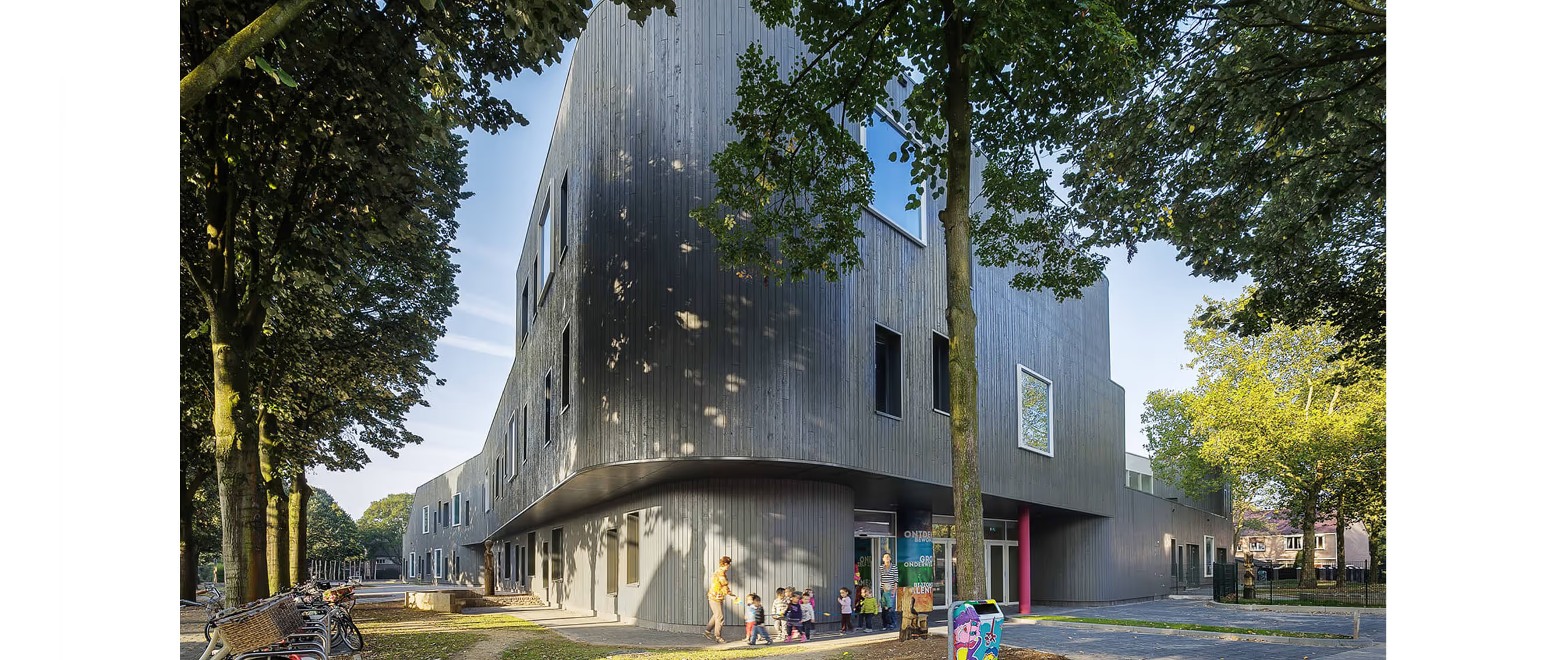
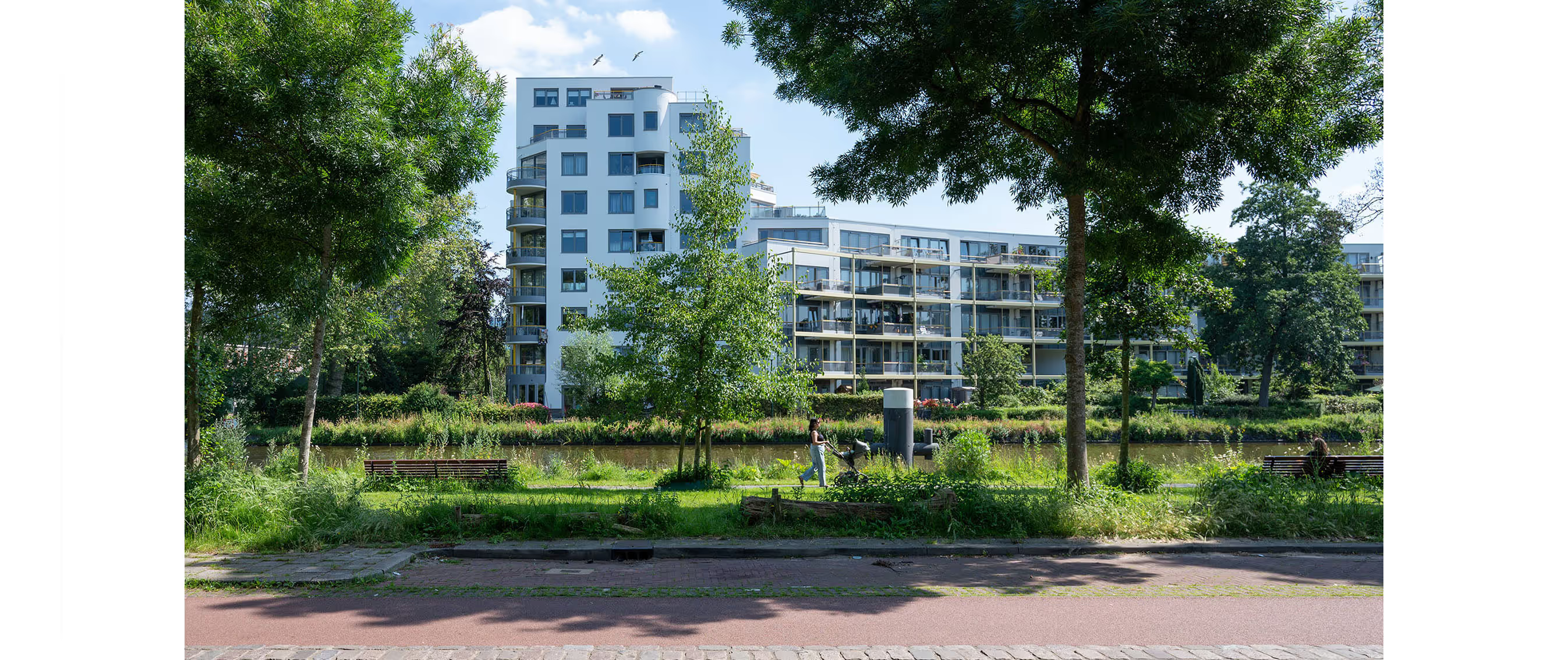
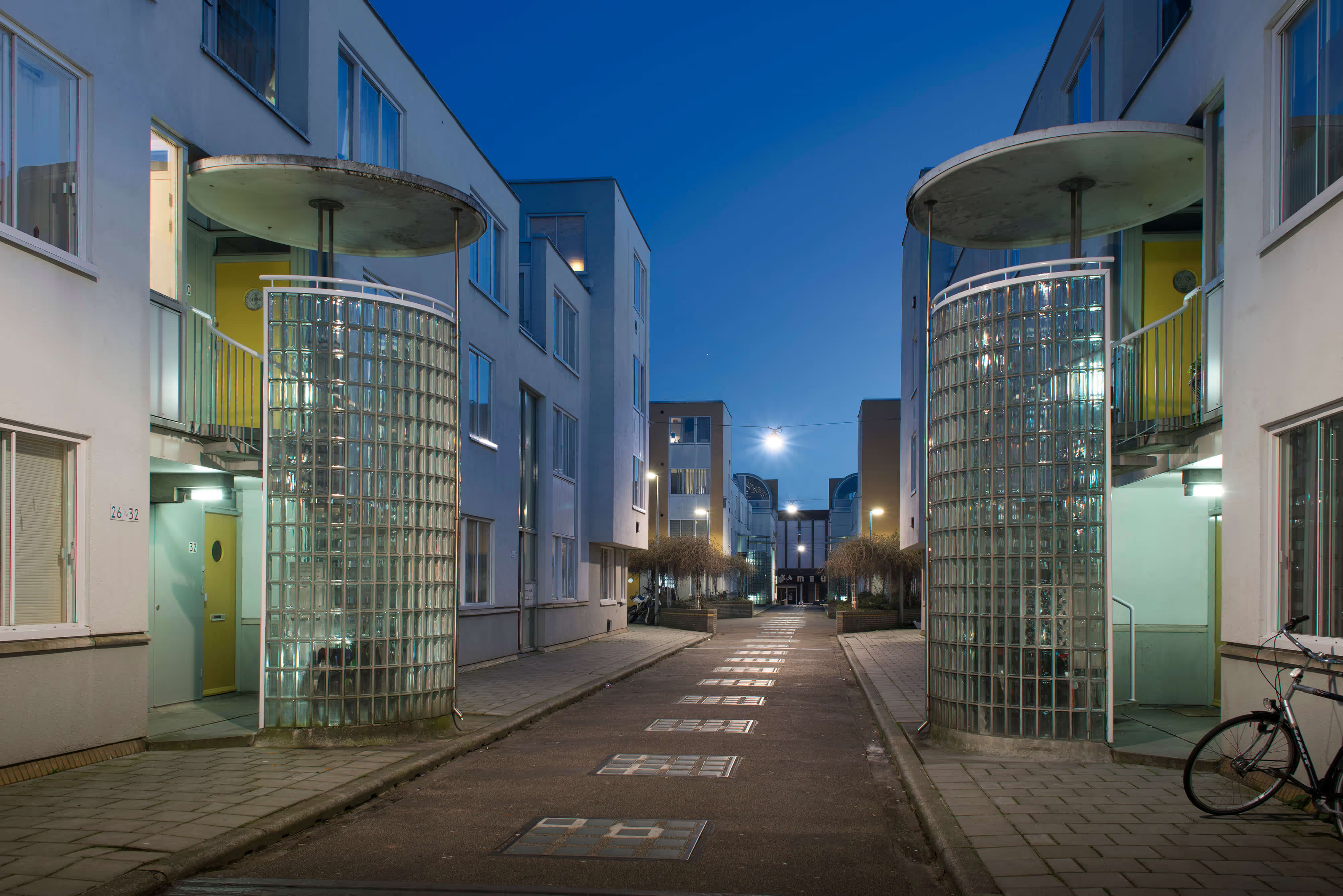
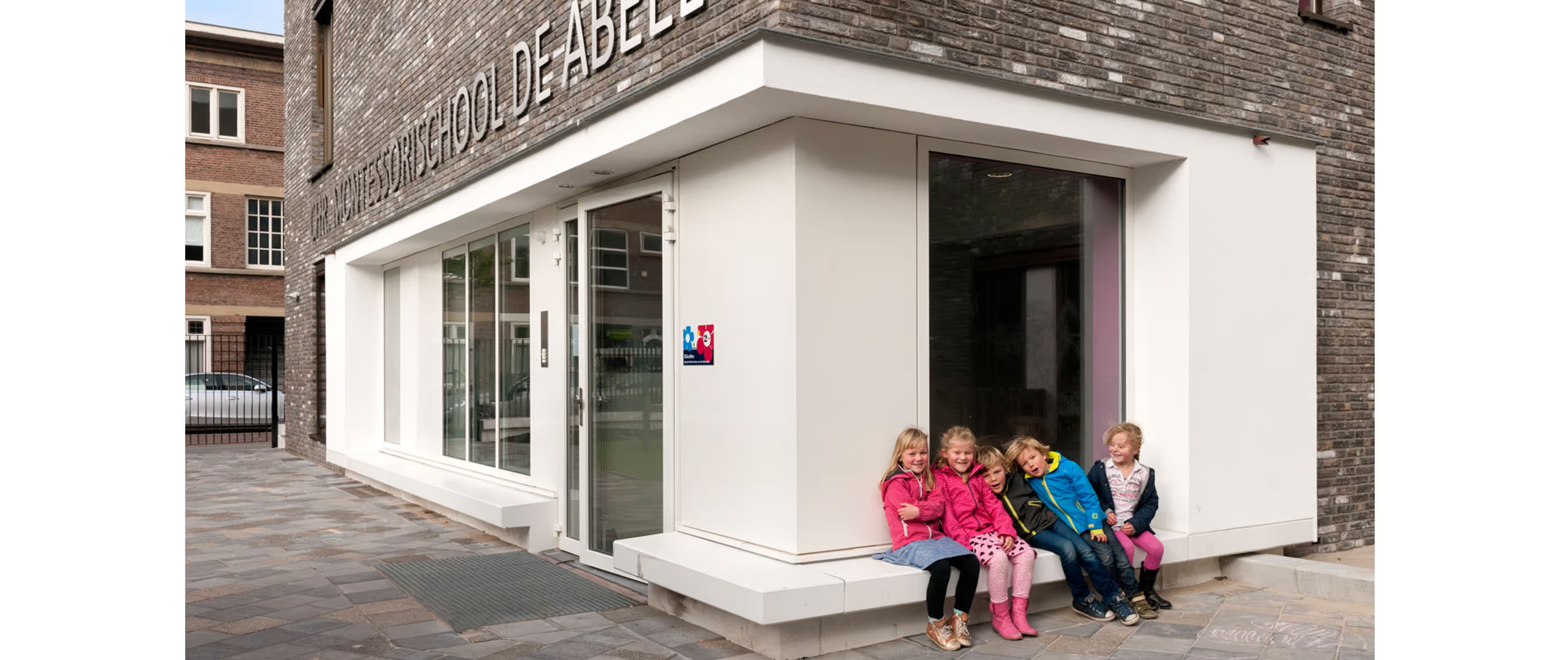
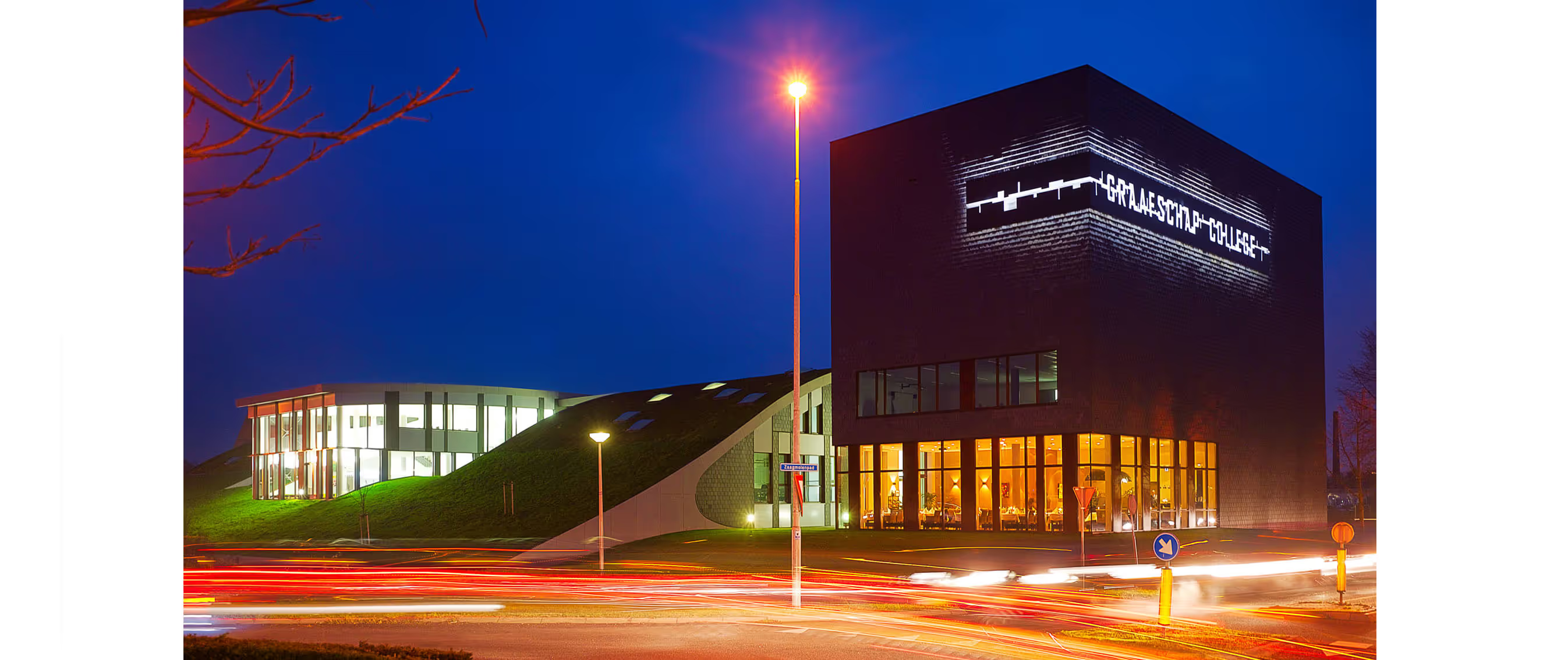
.jpg)

